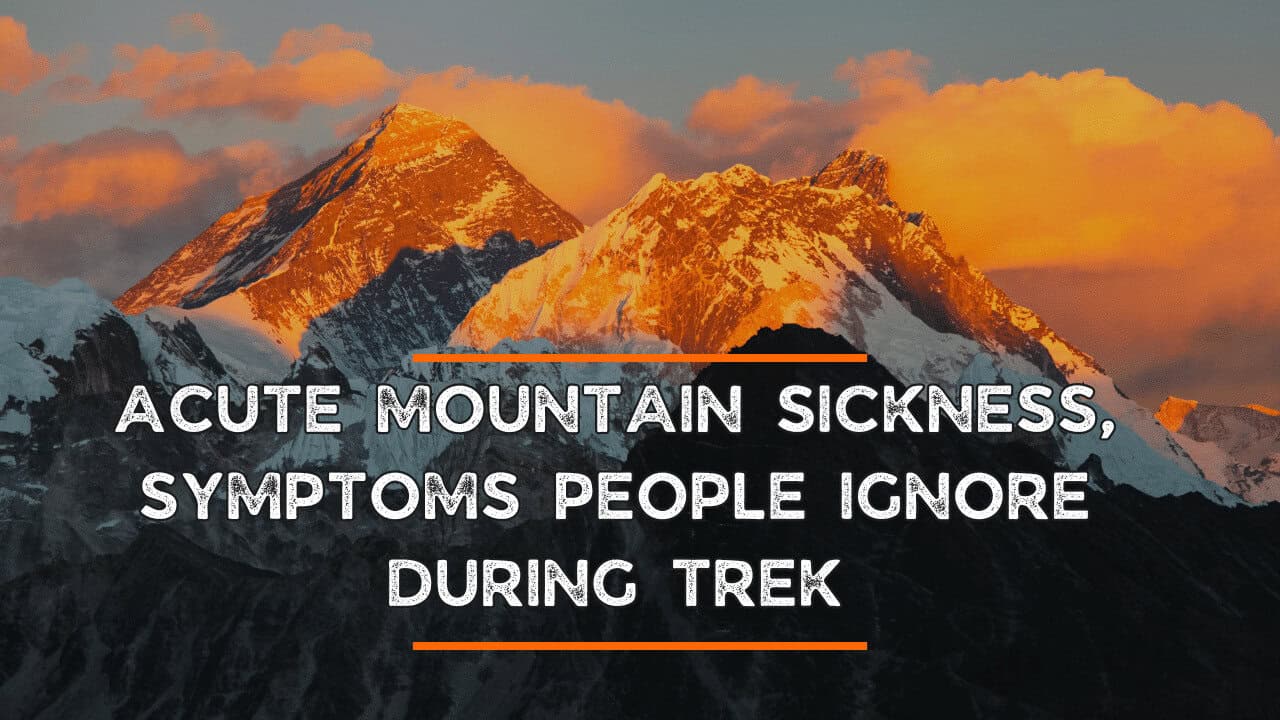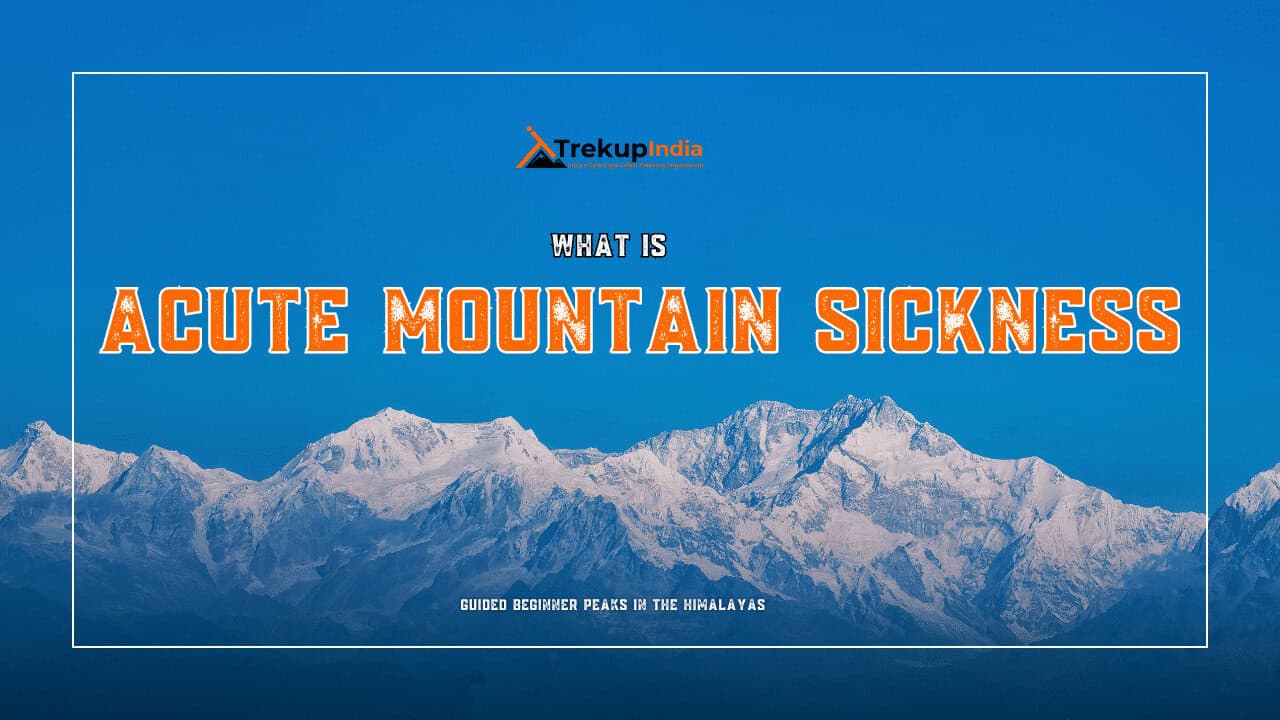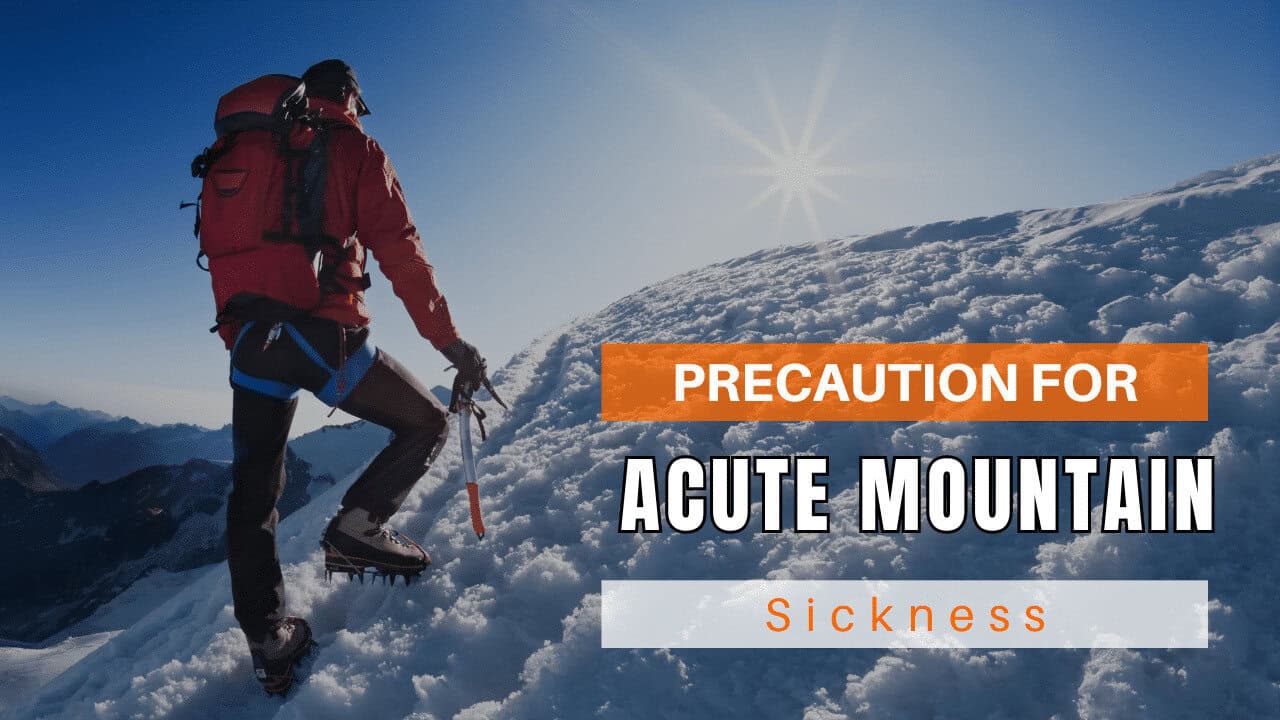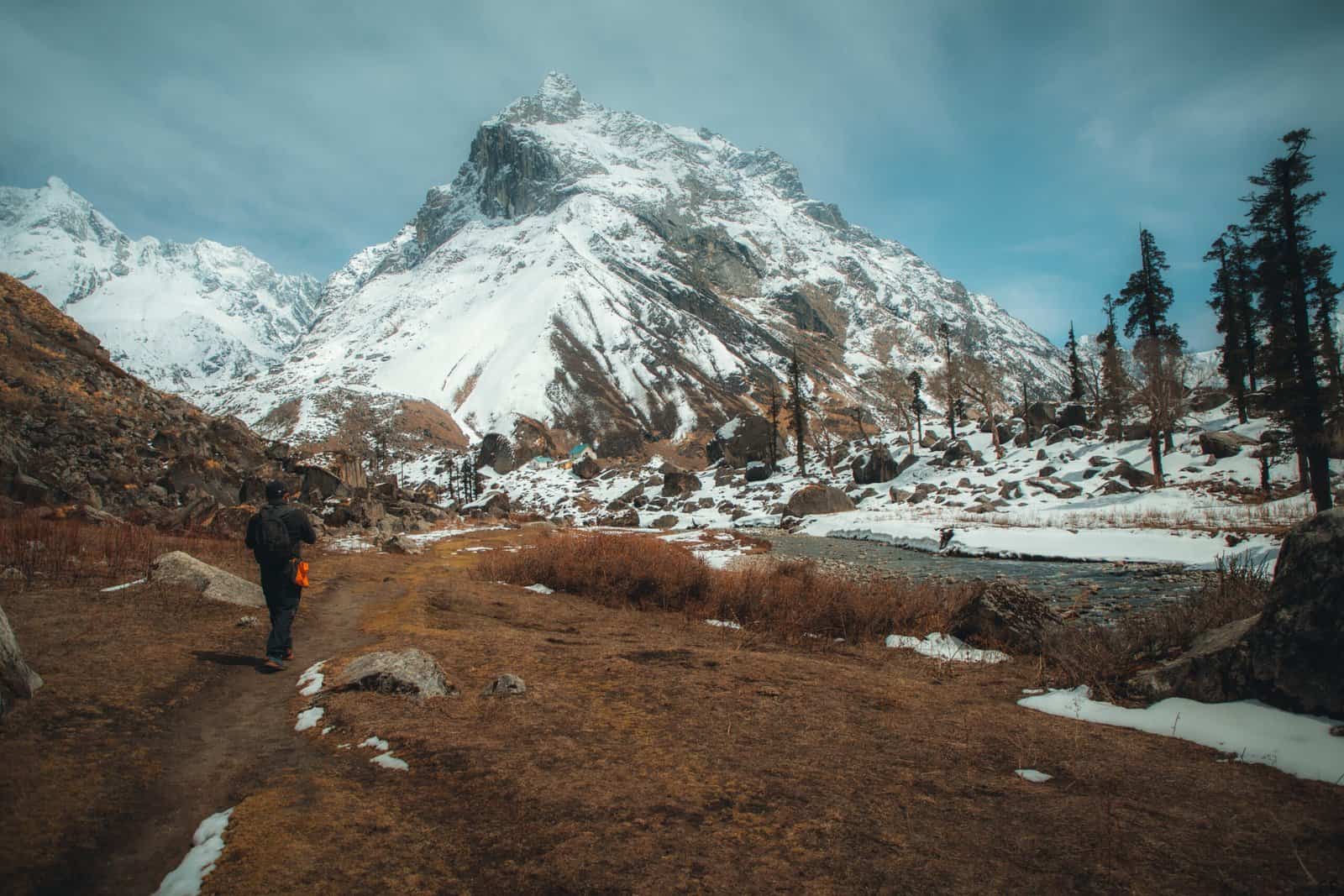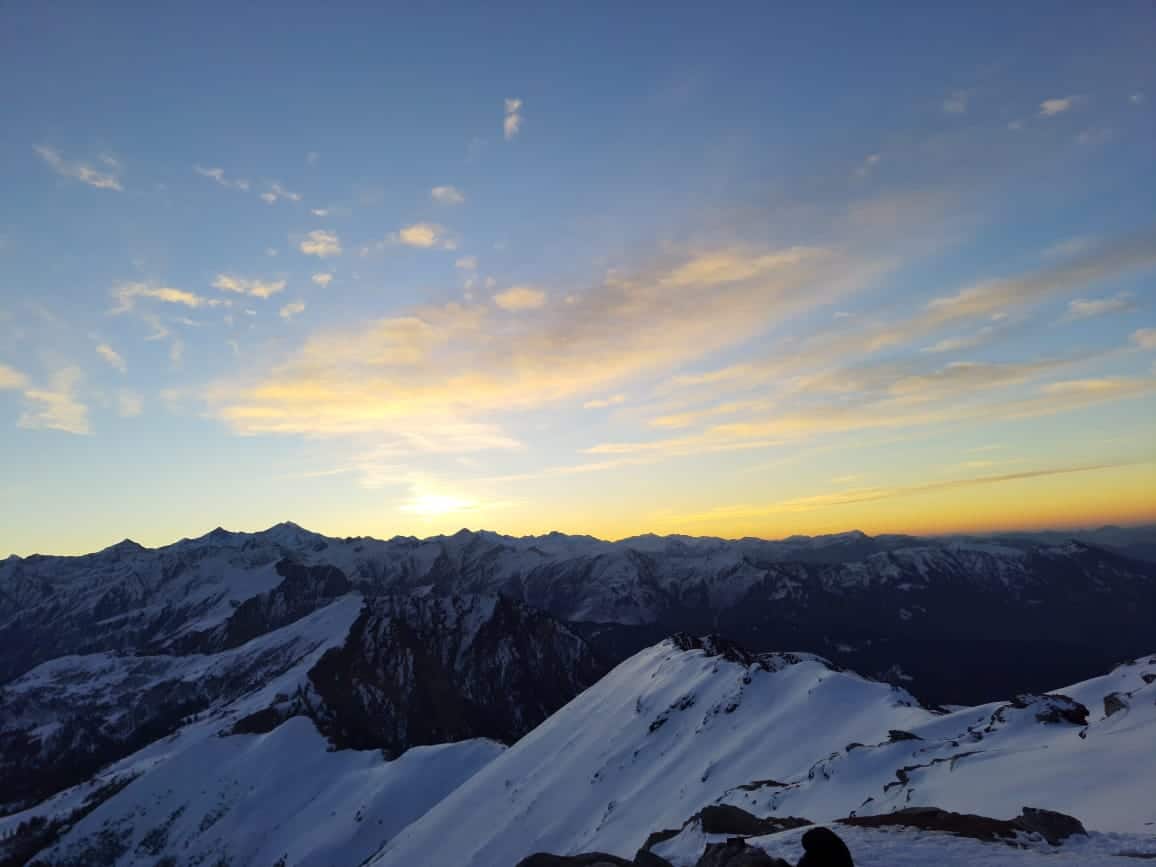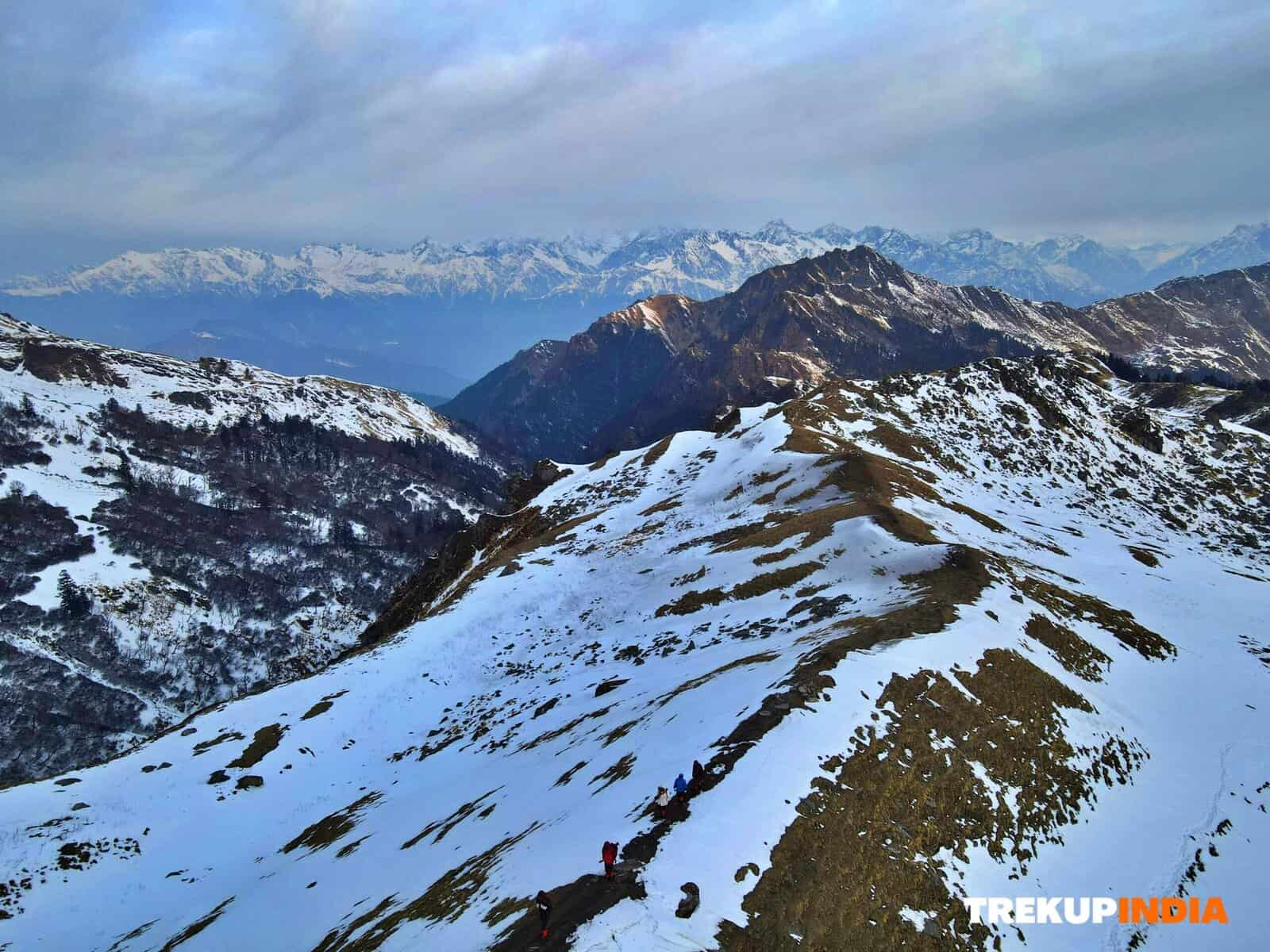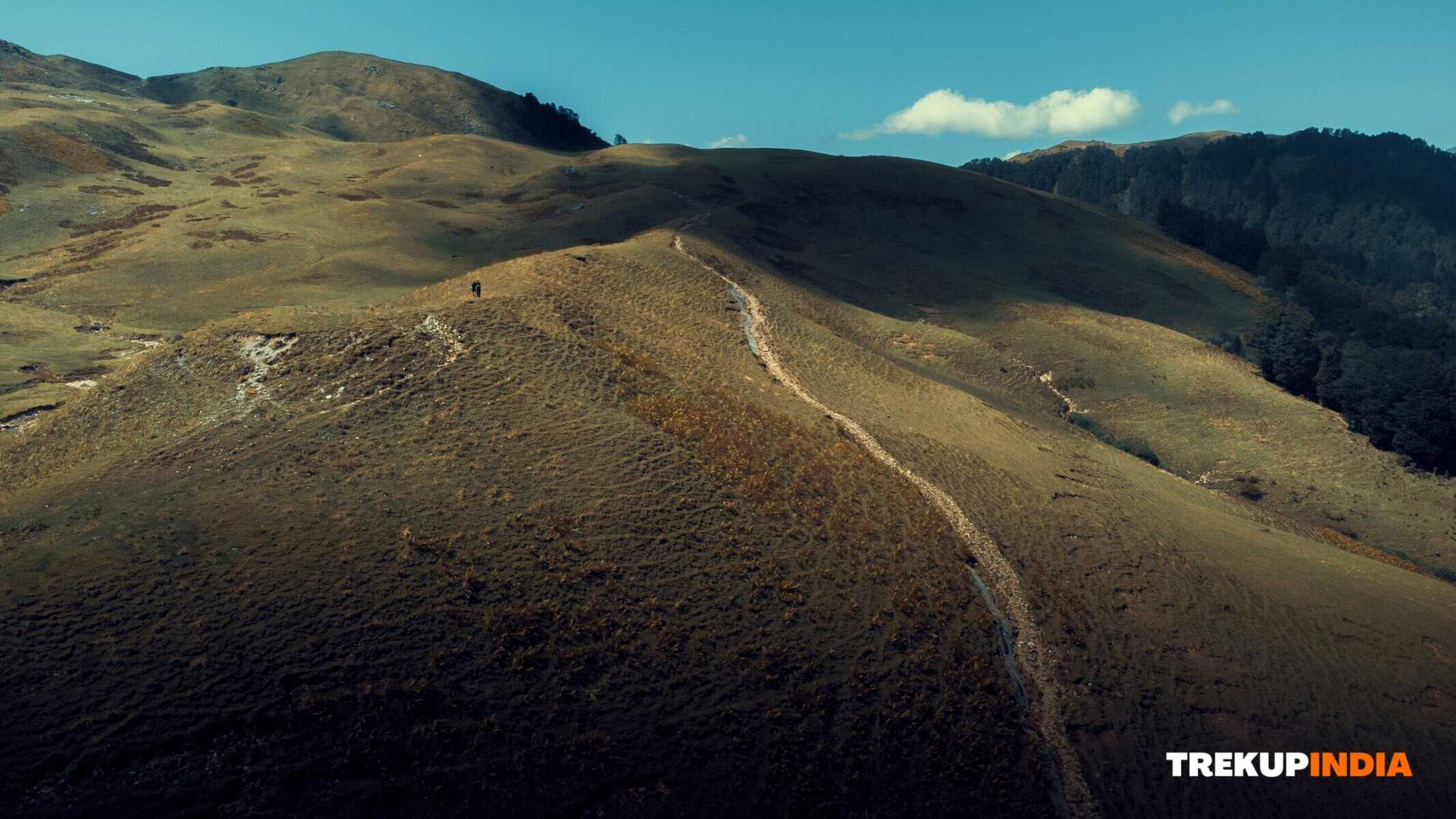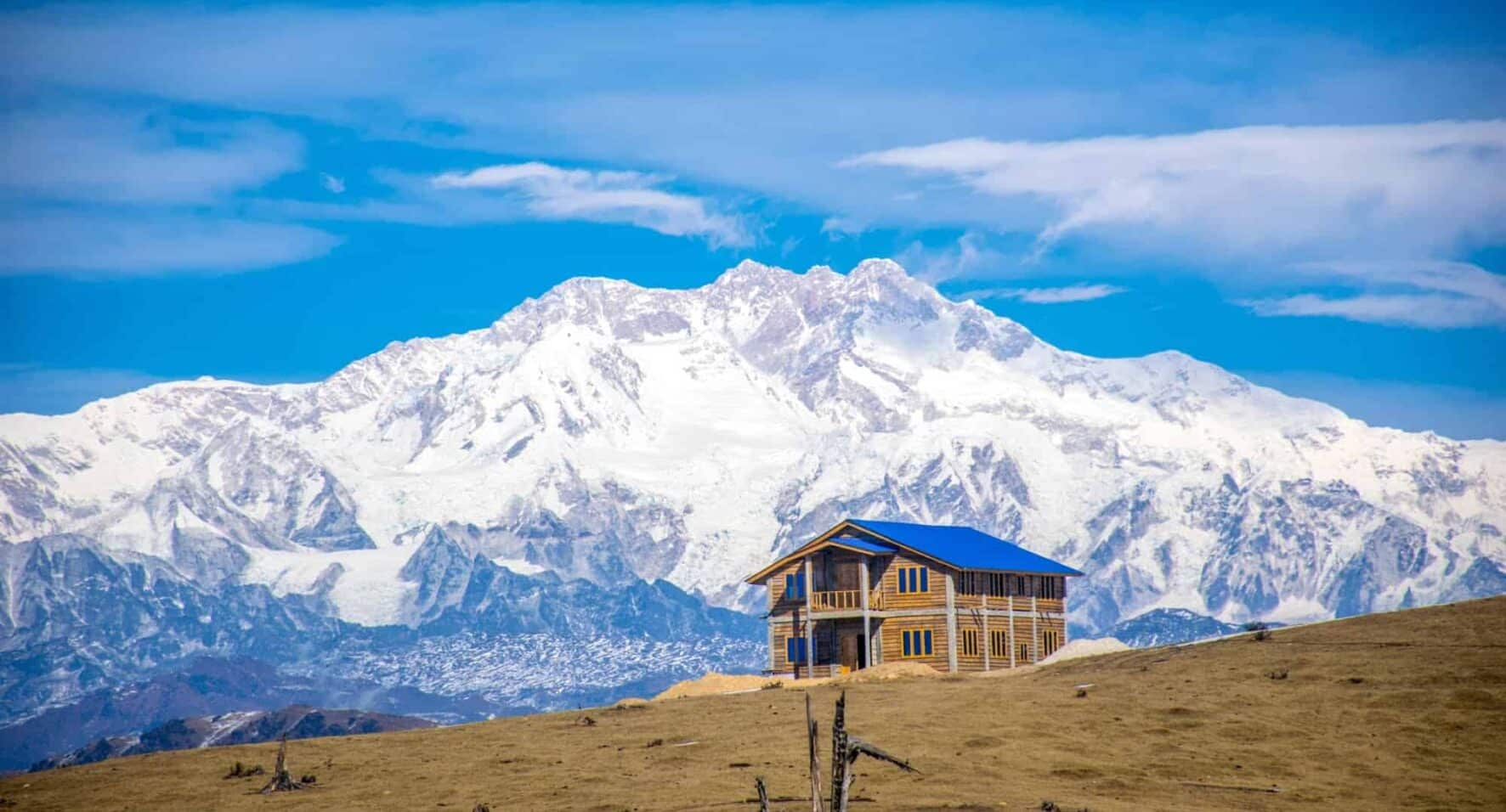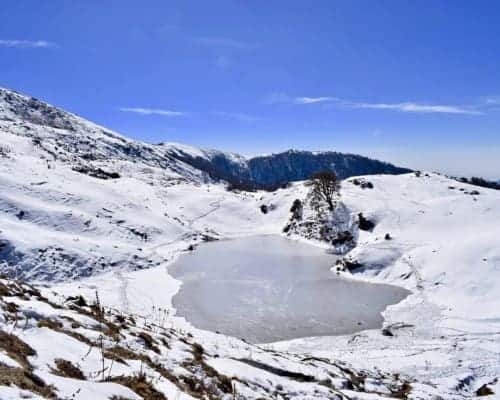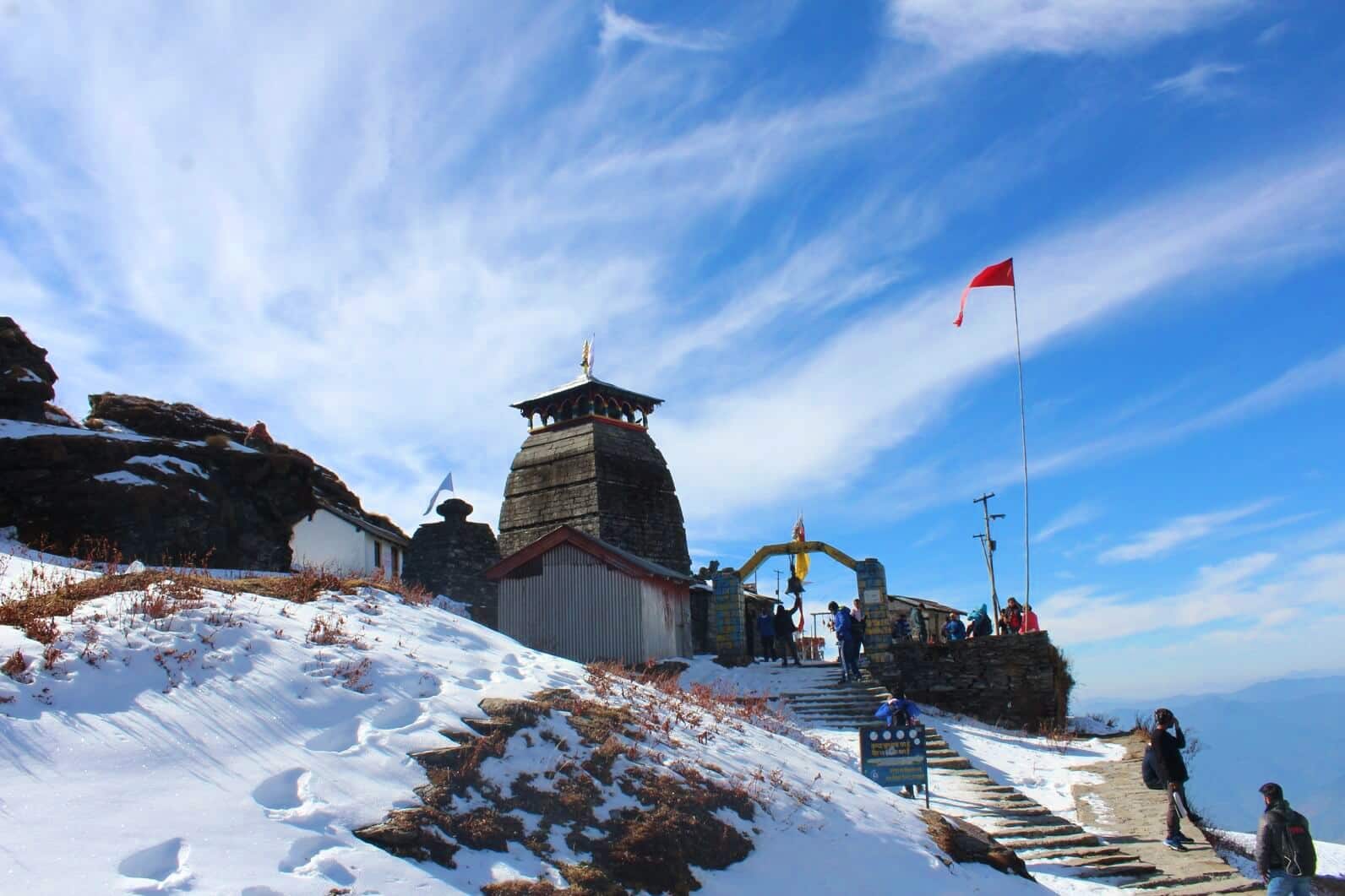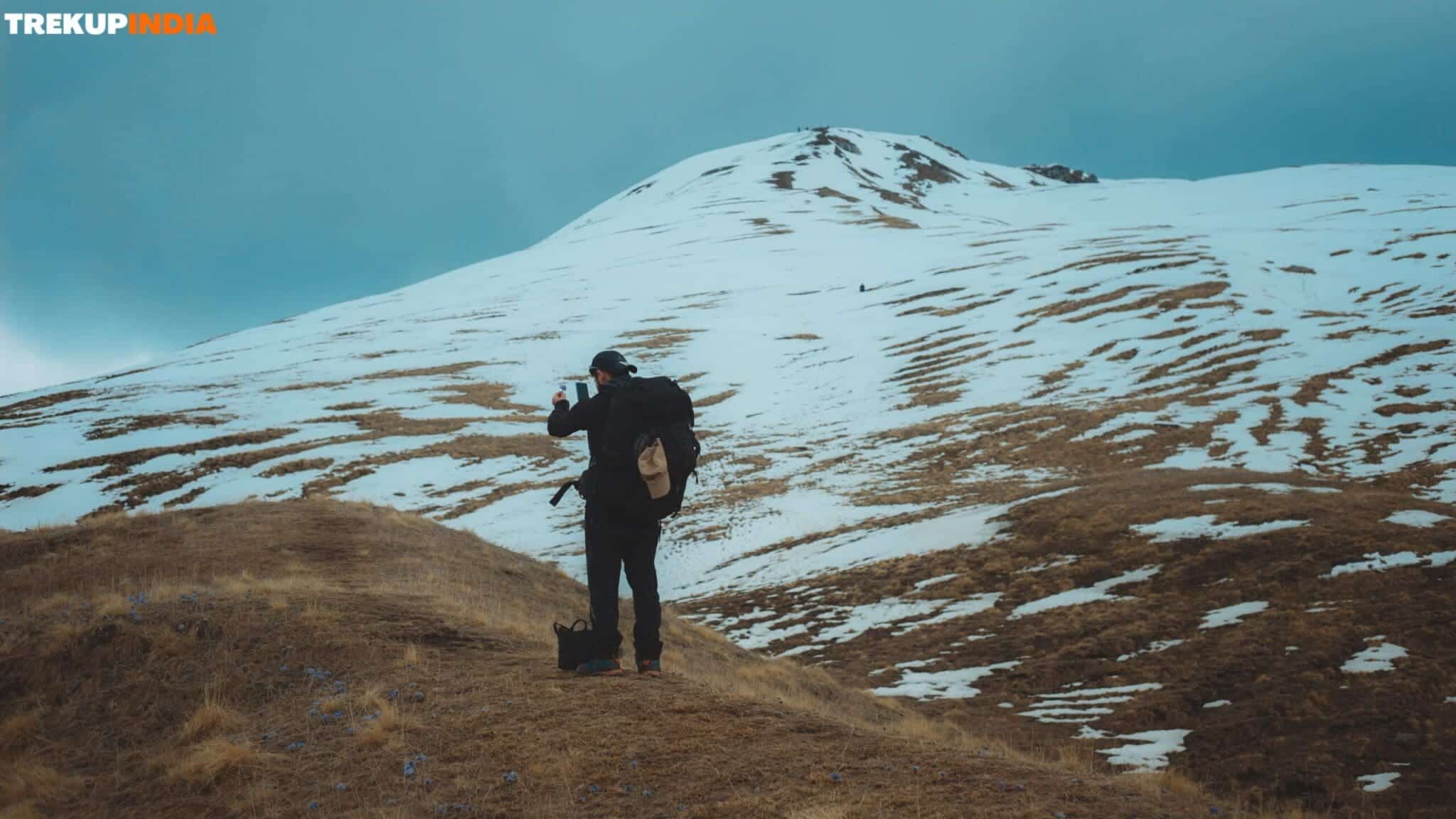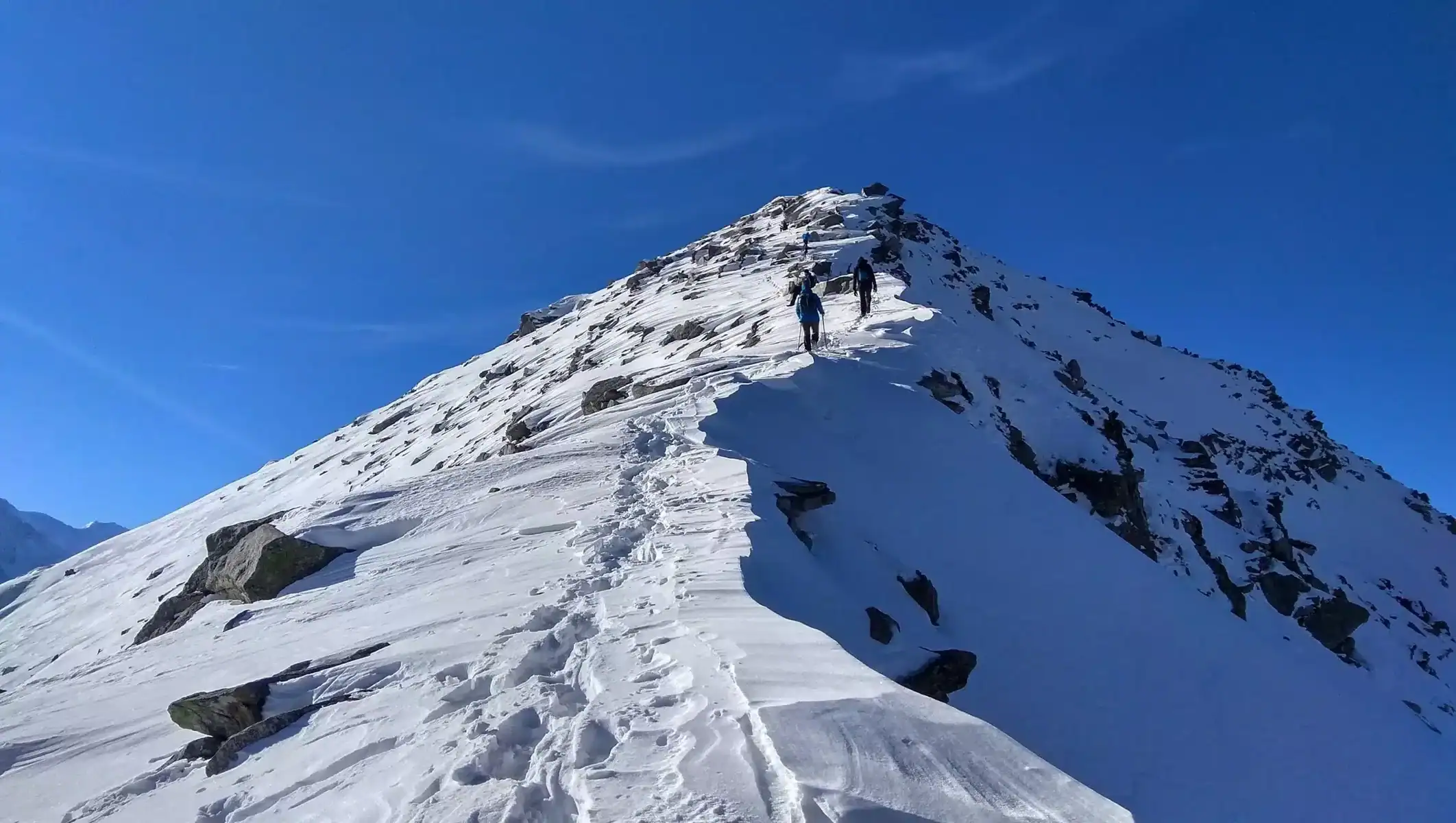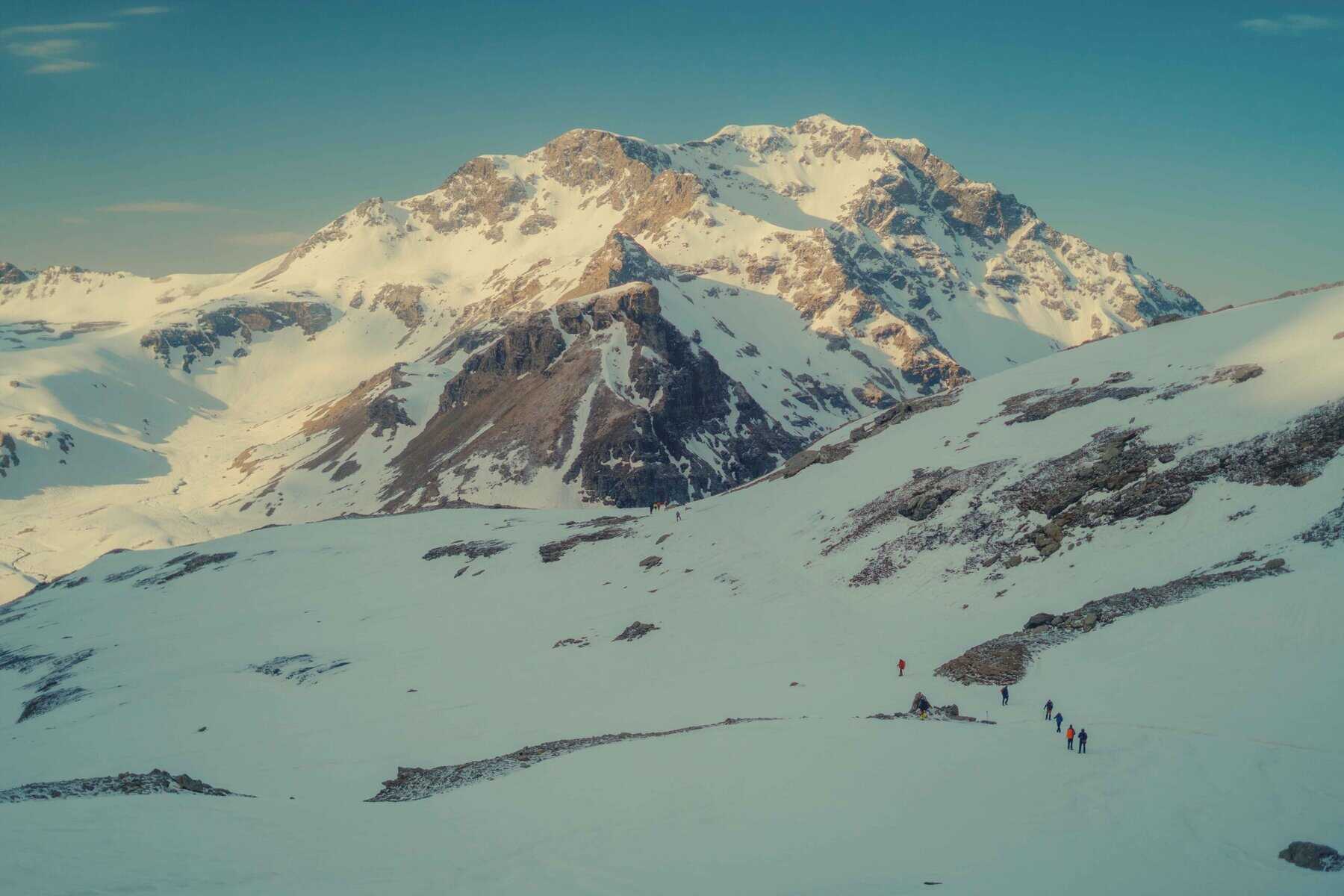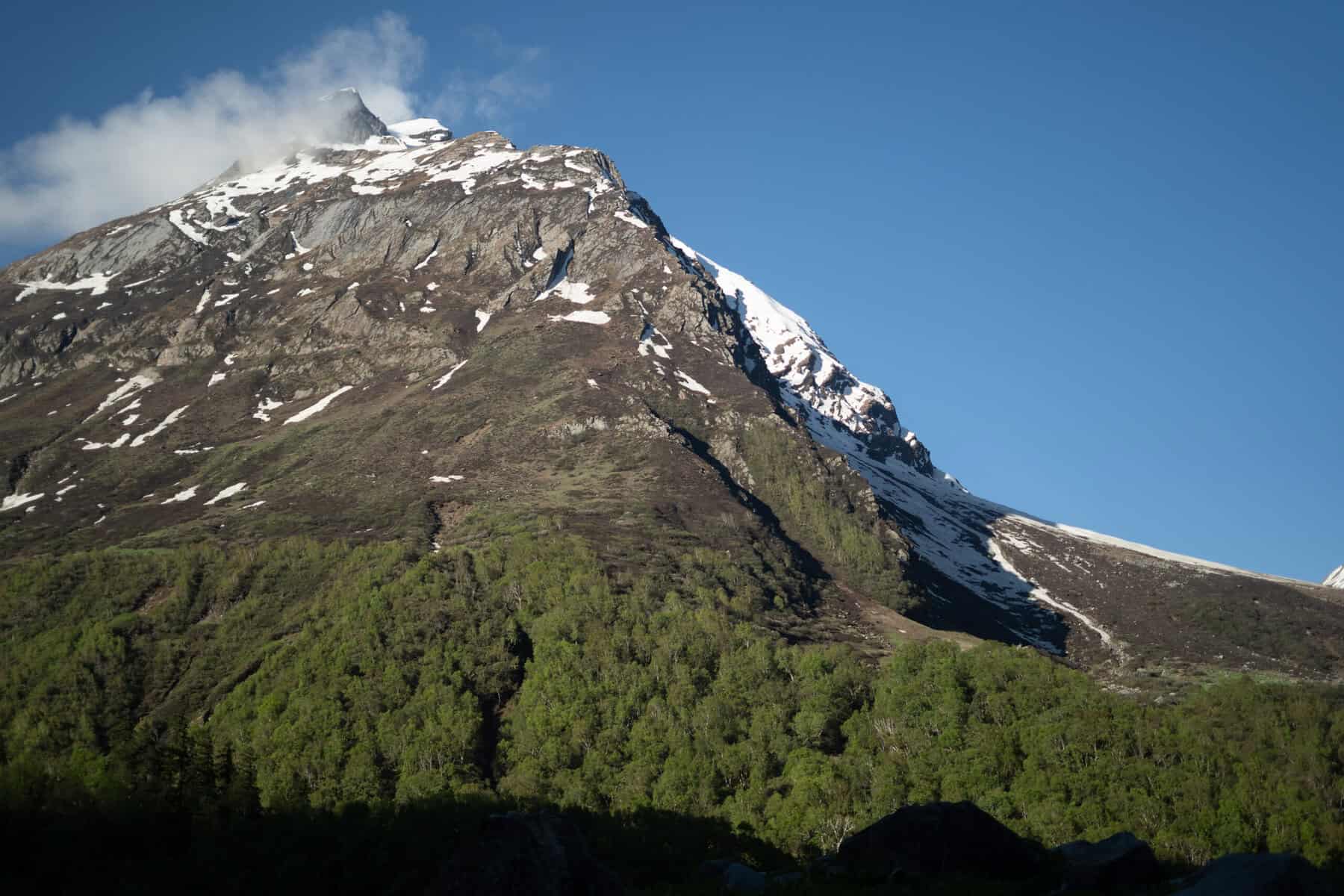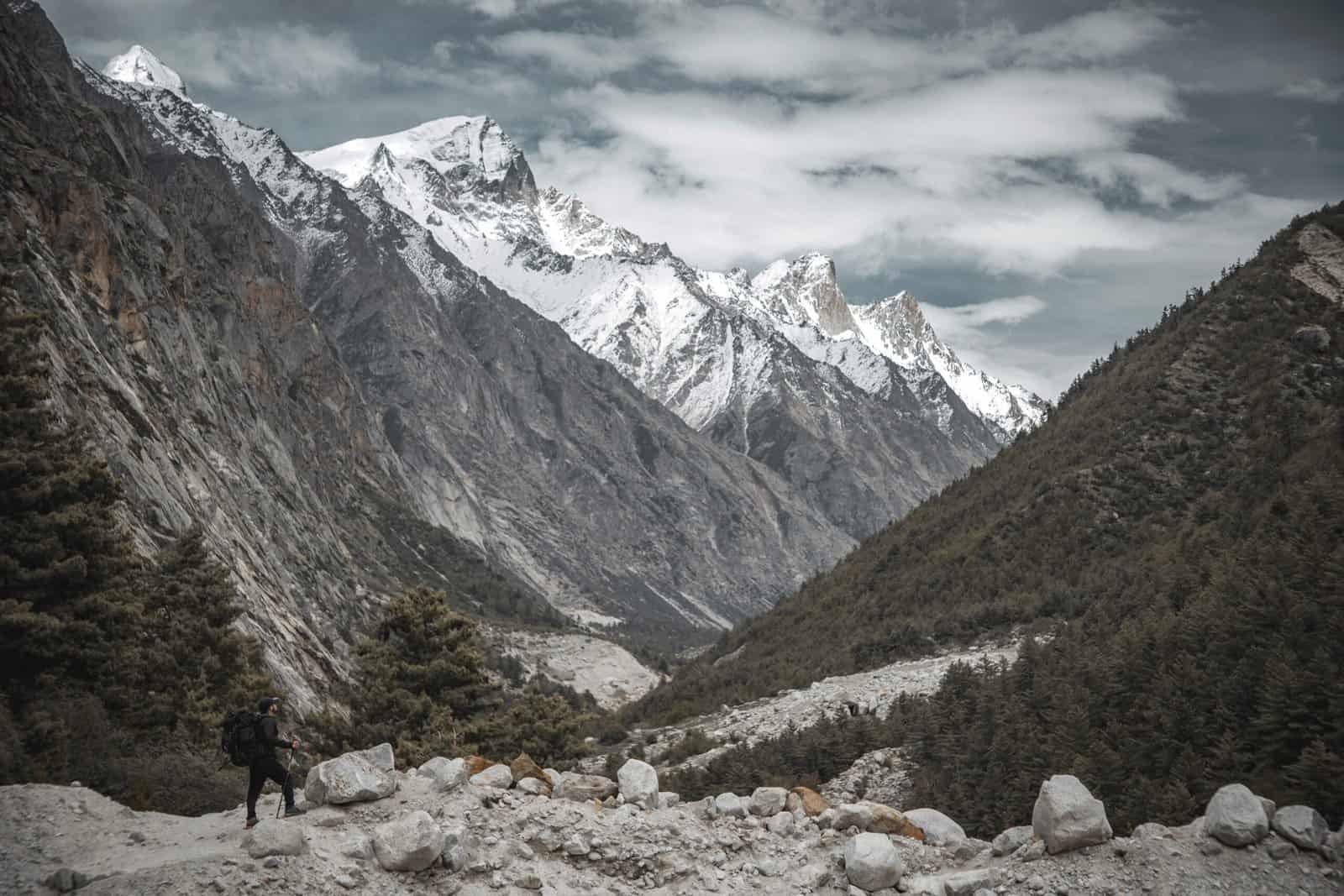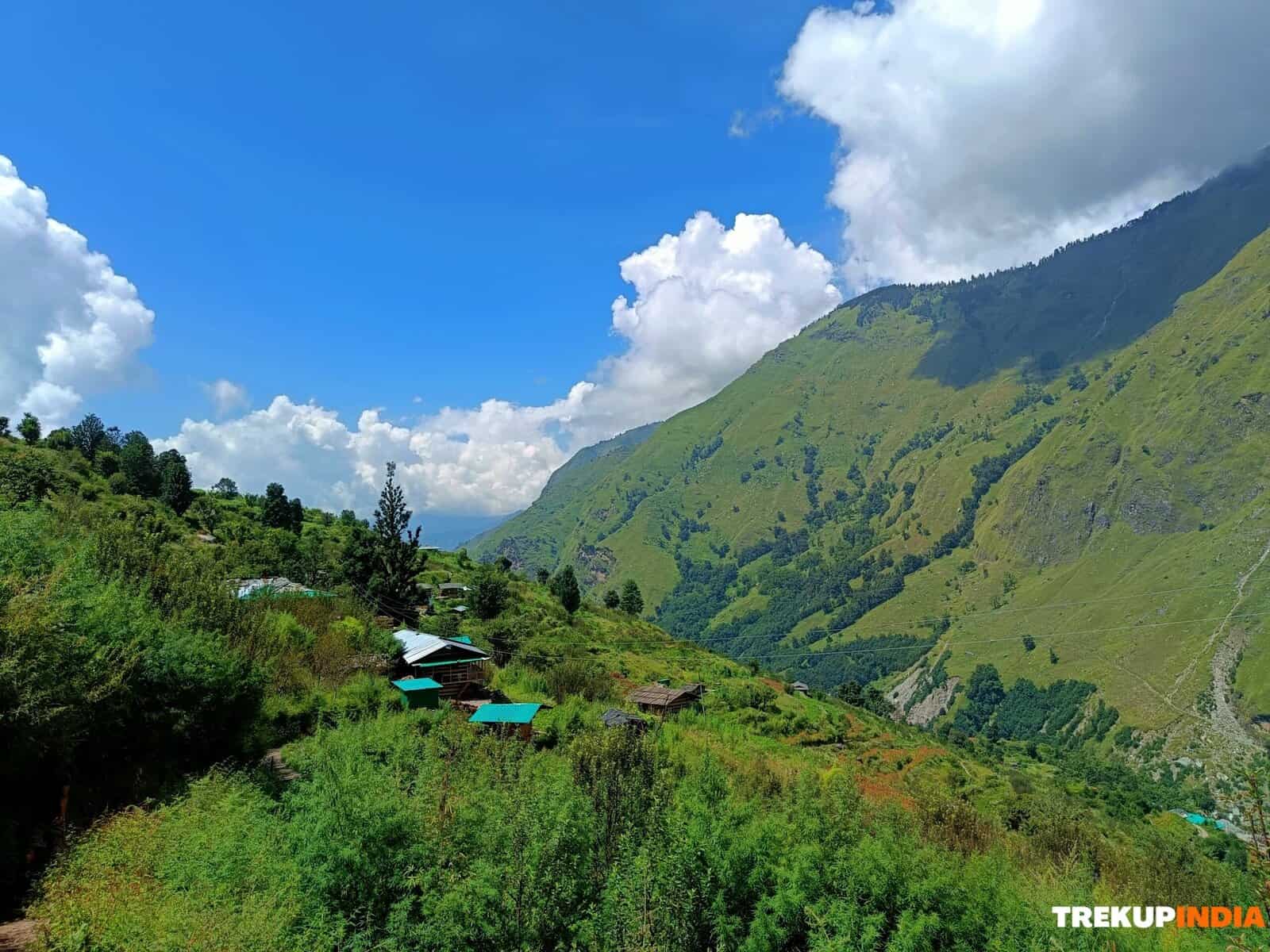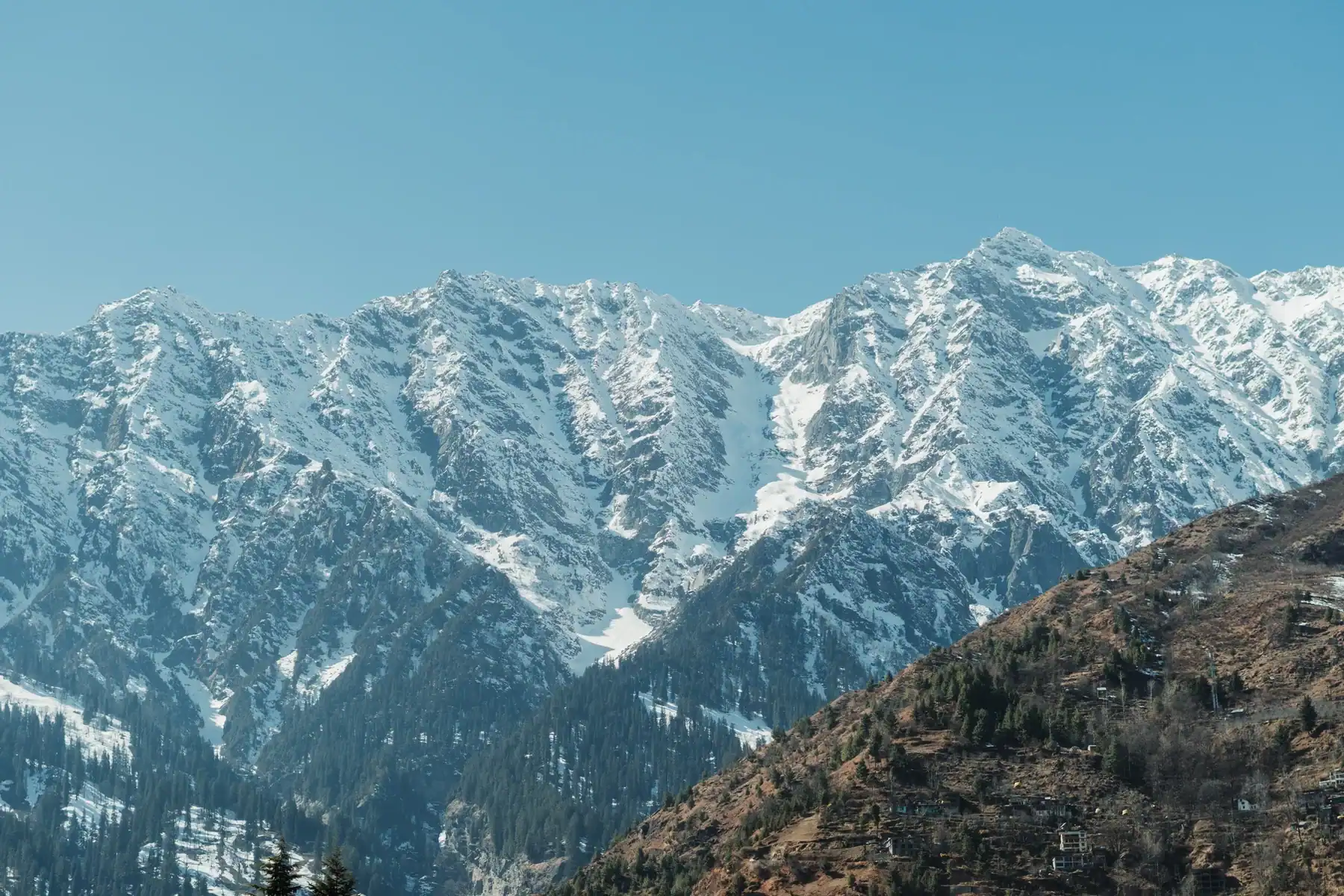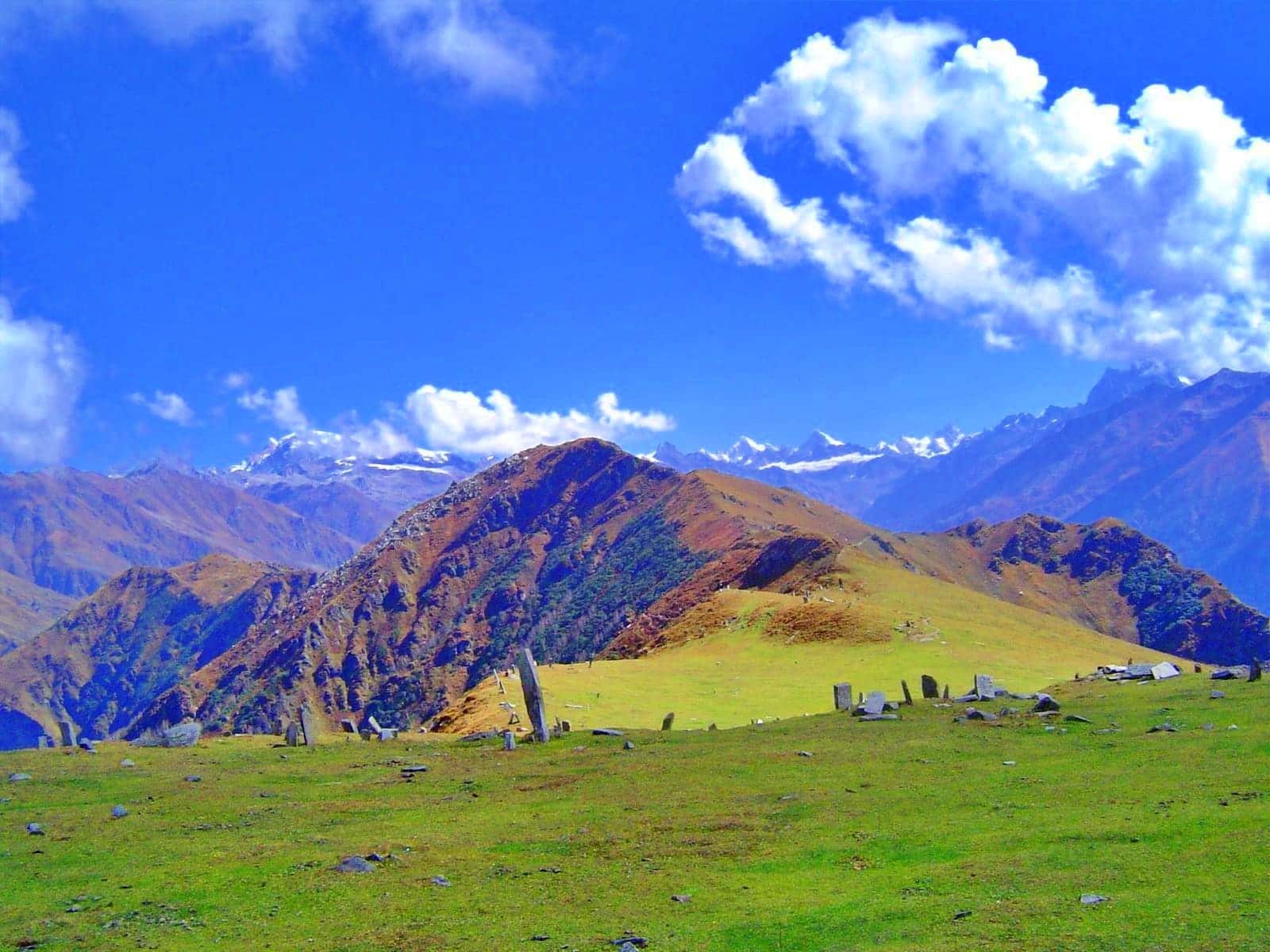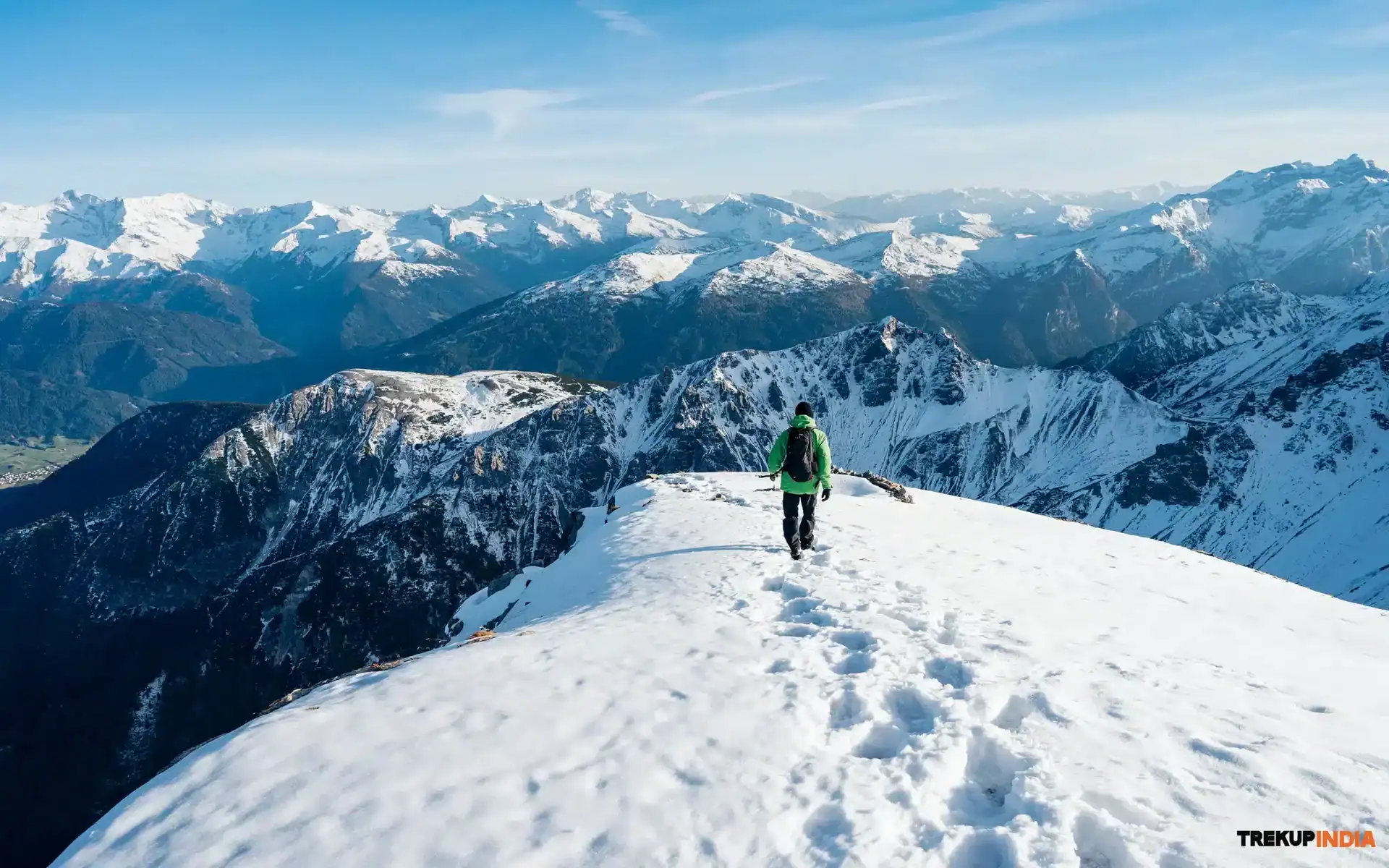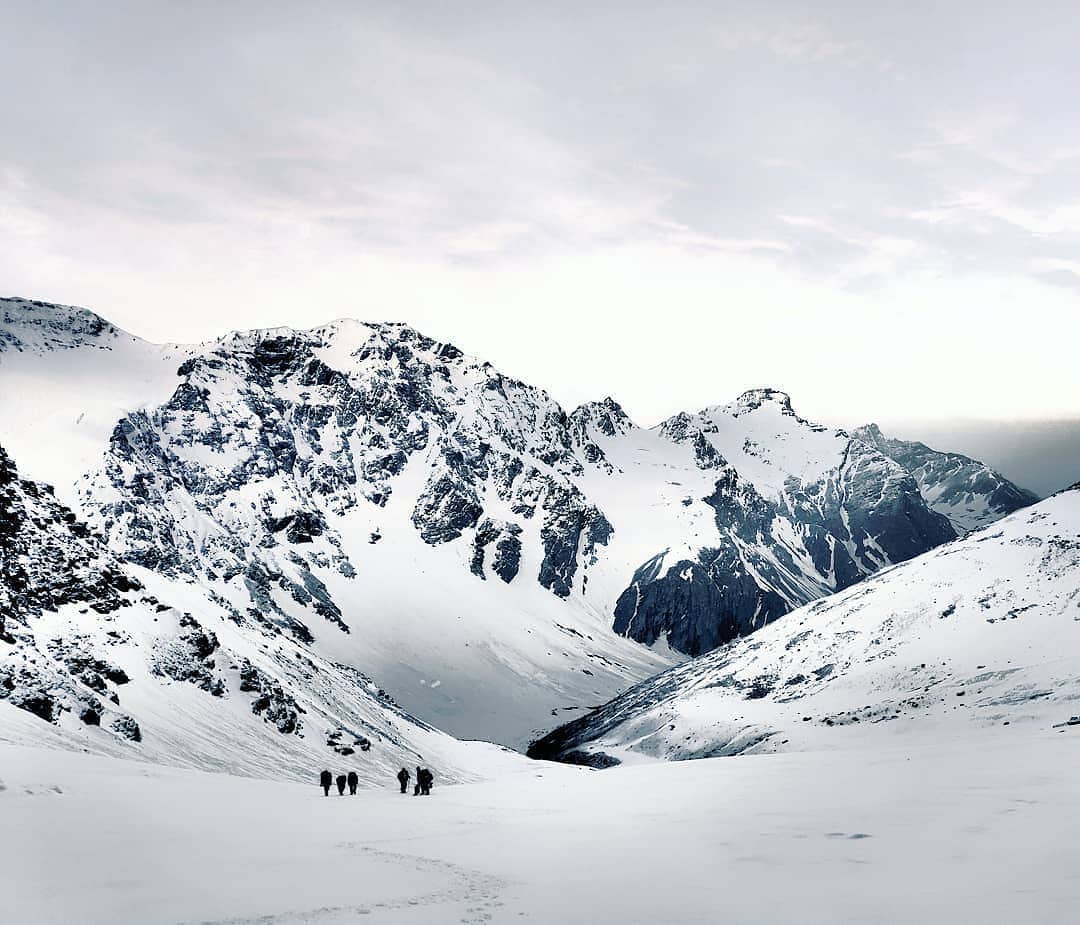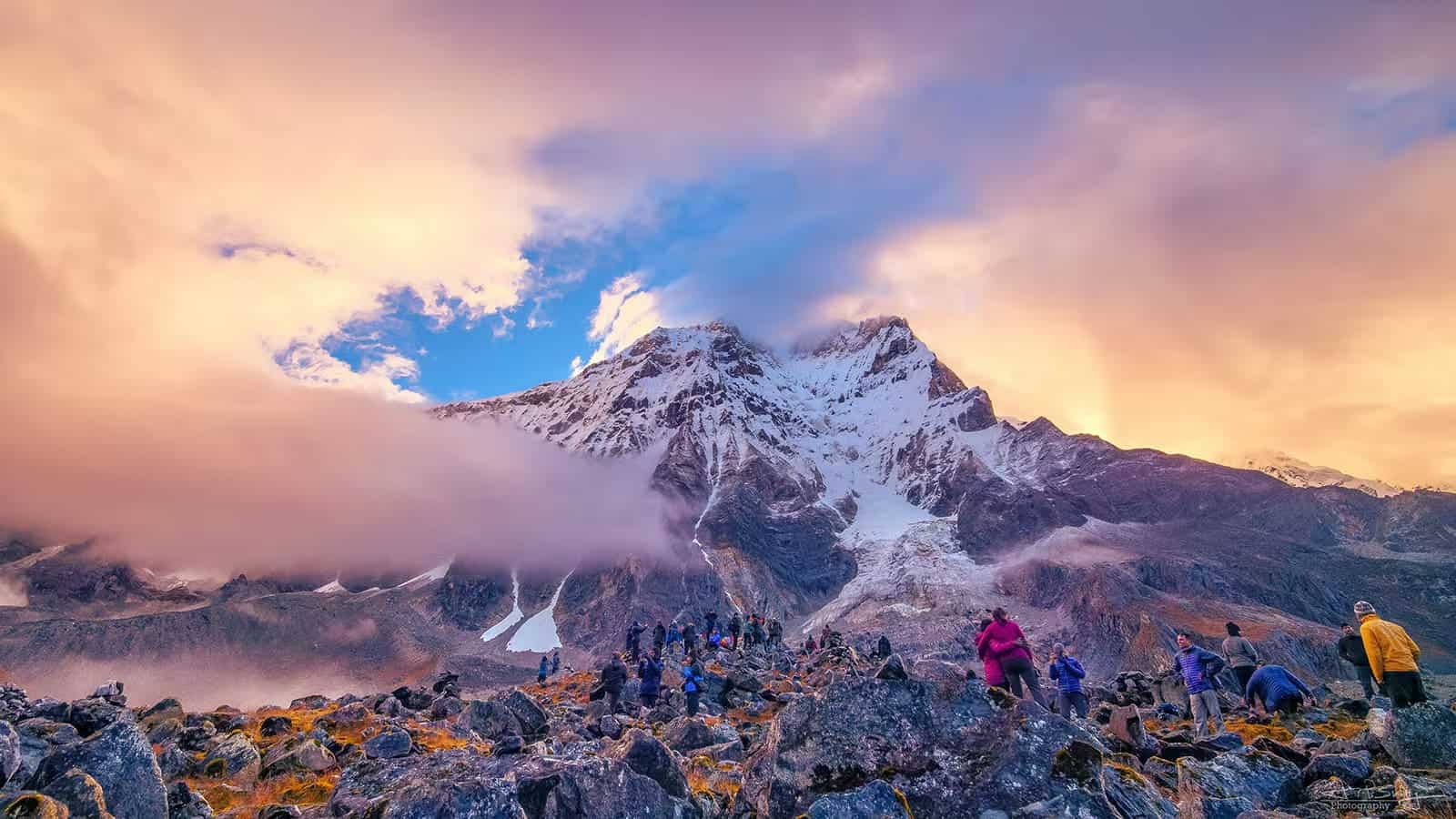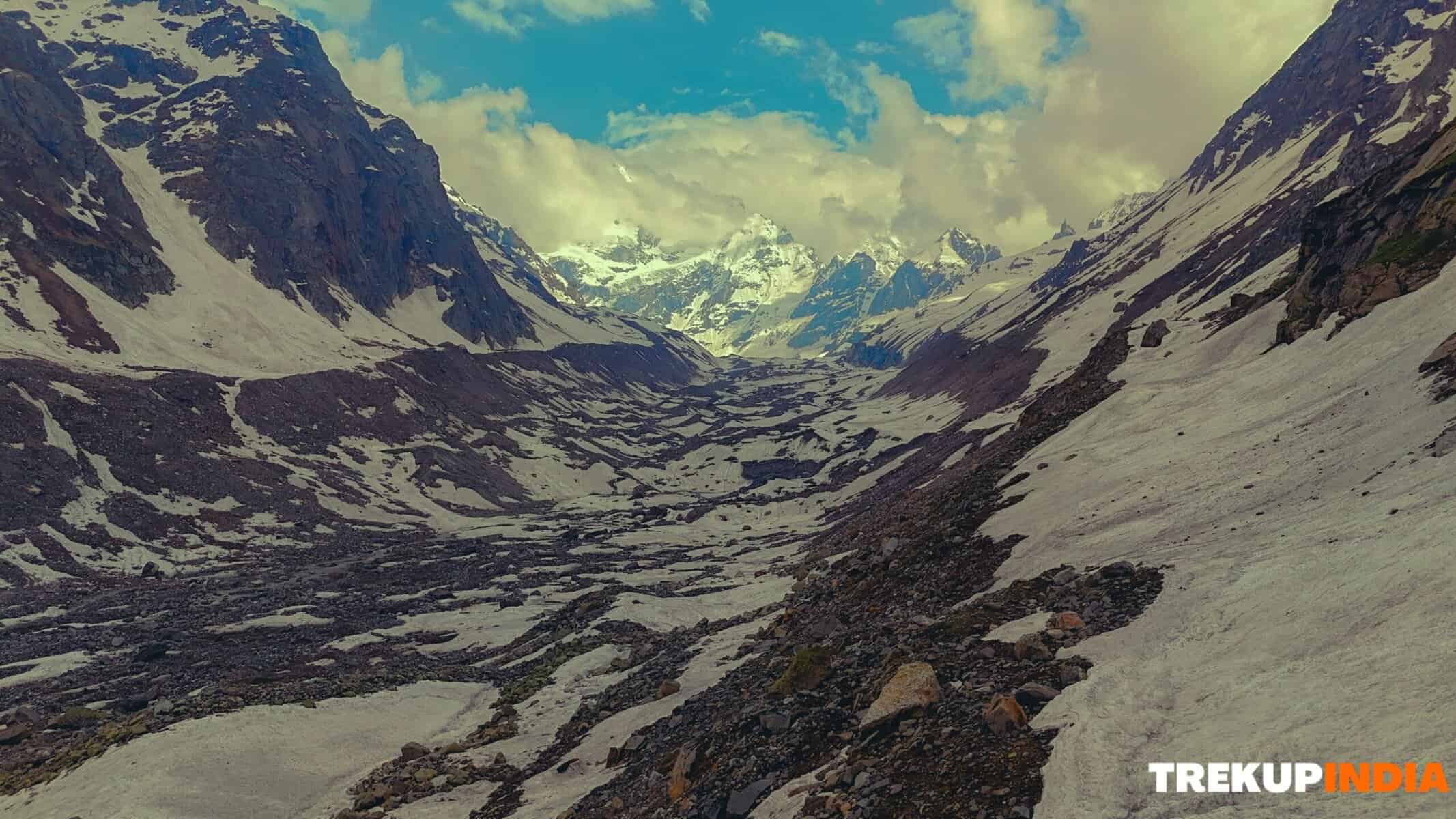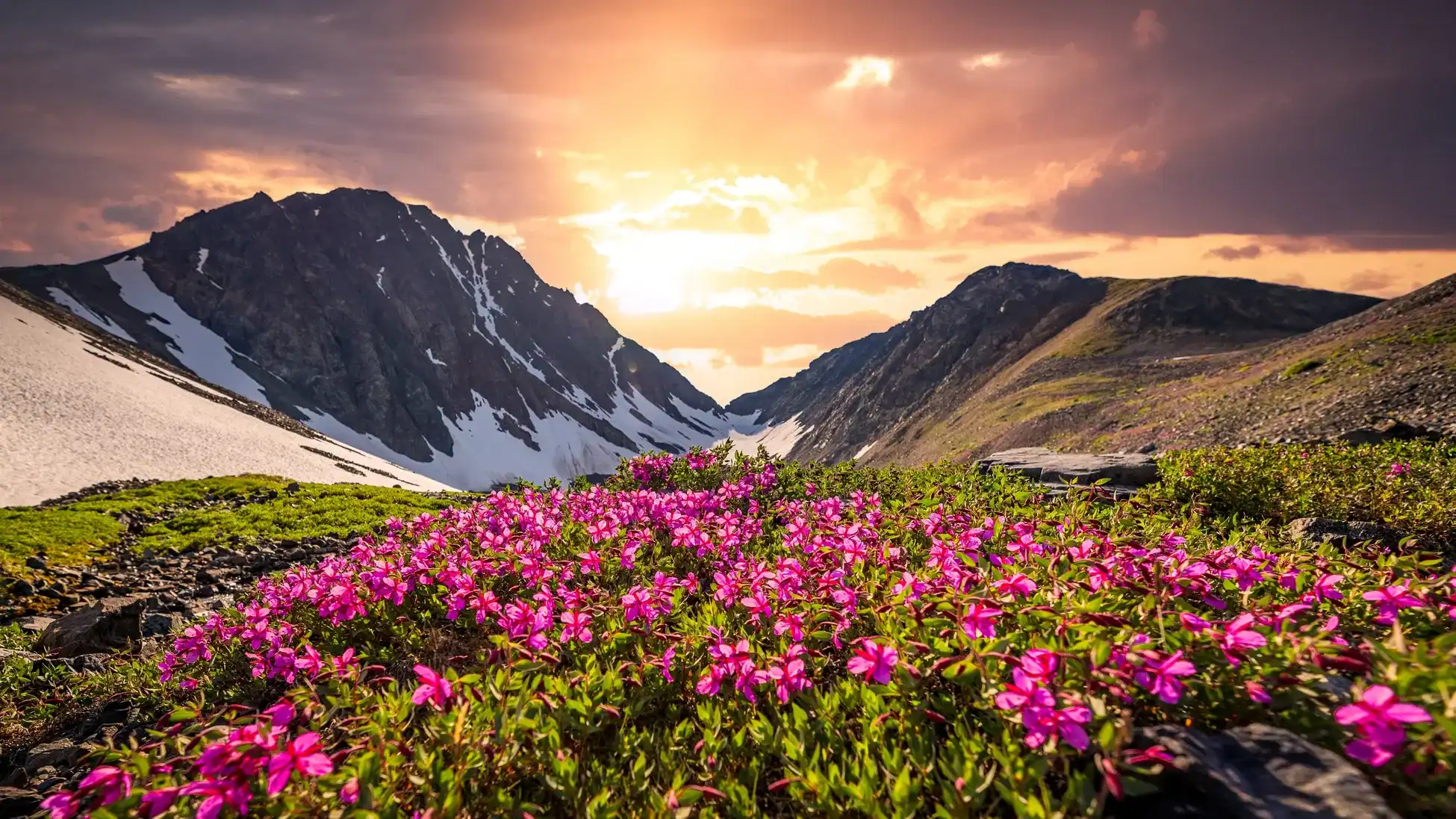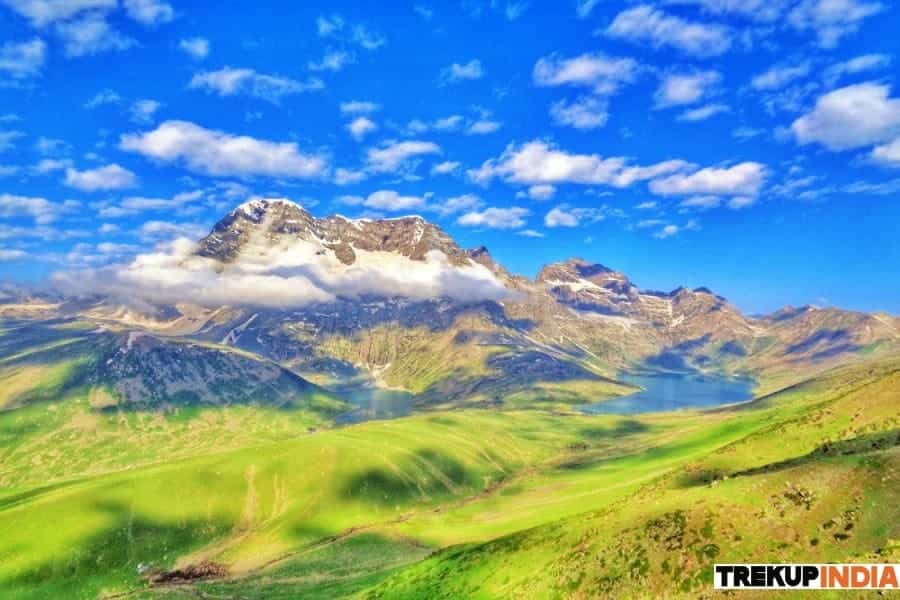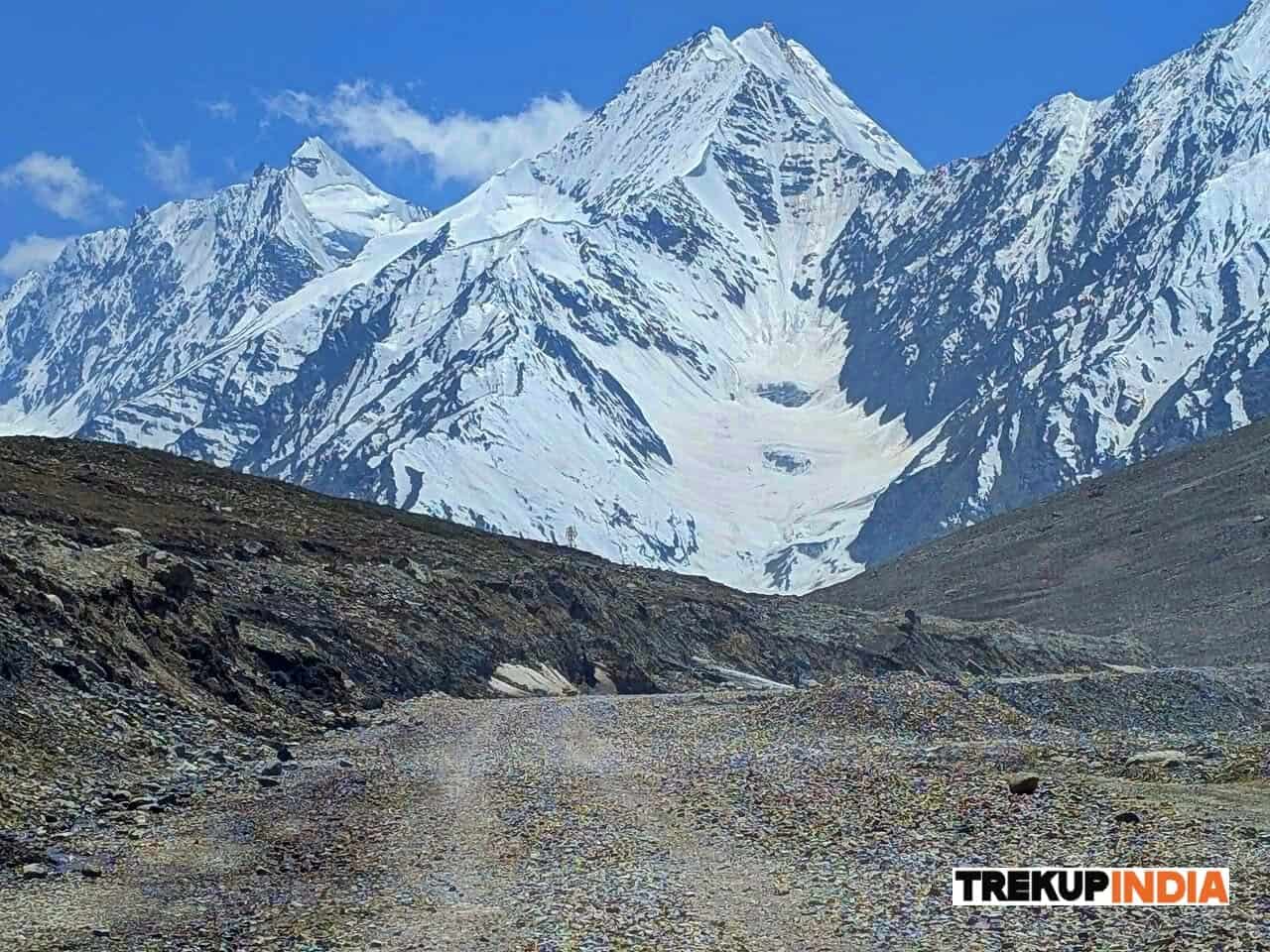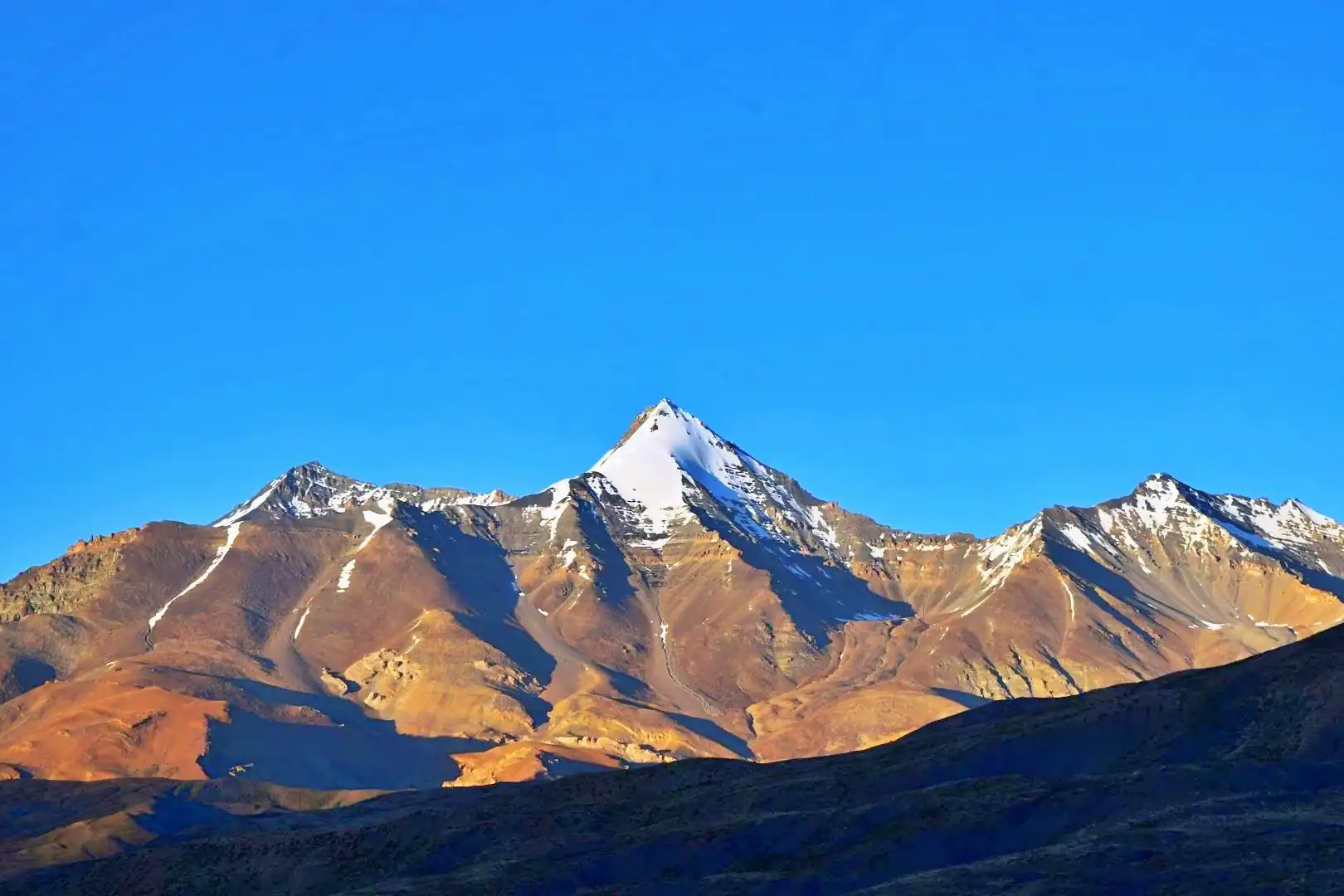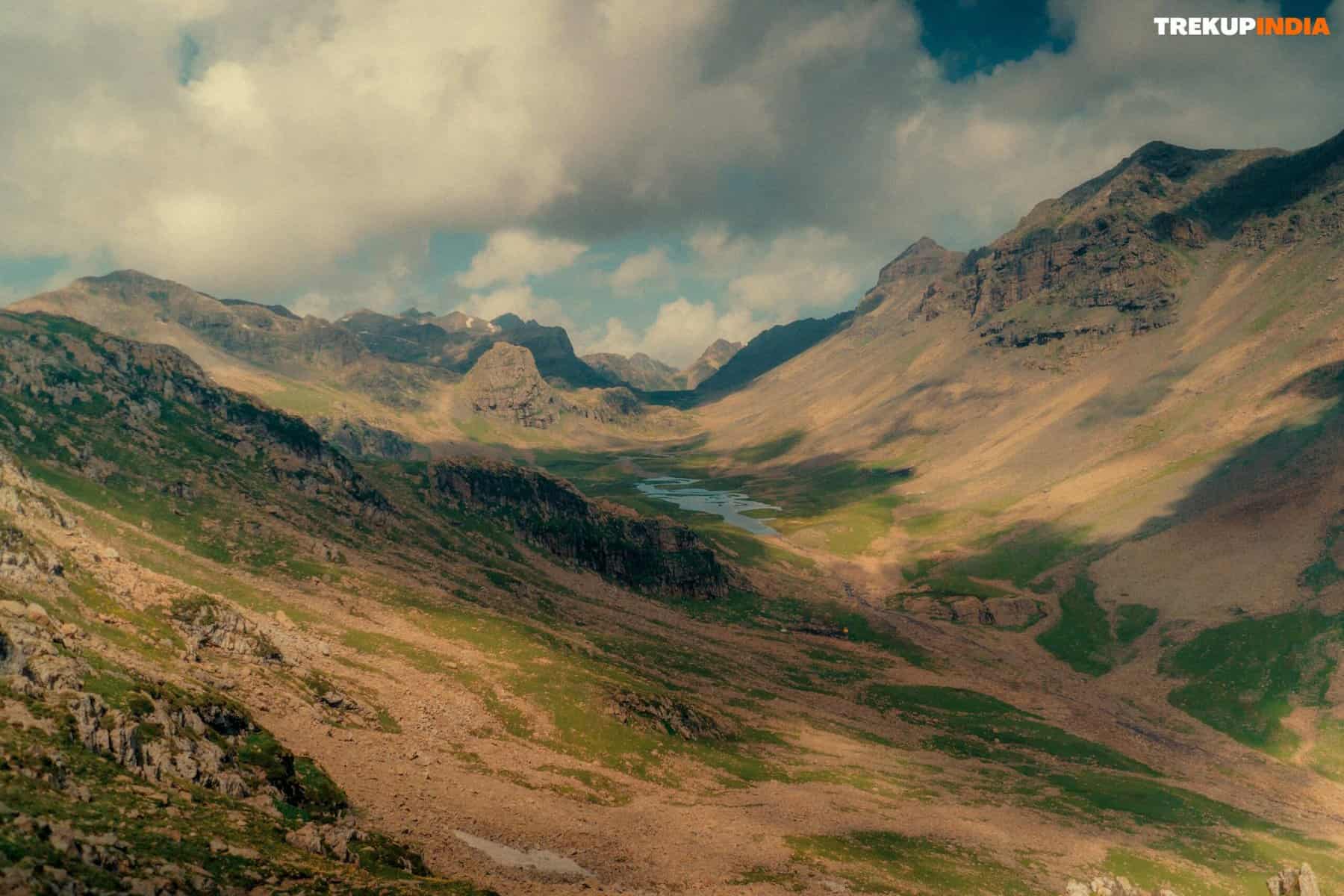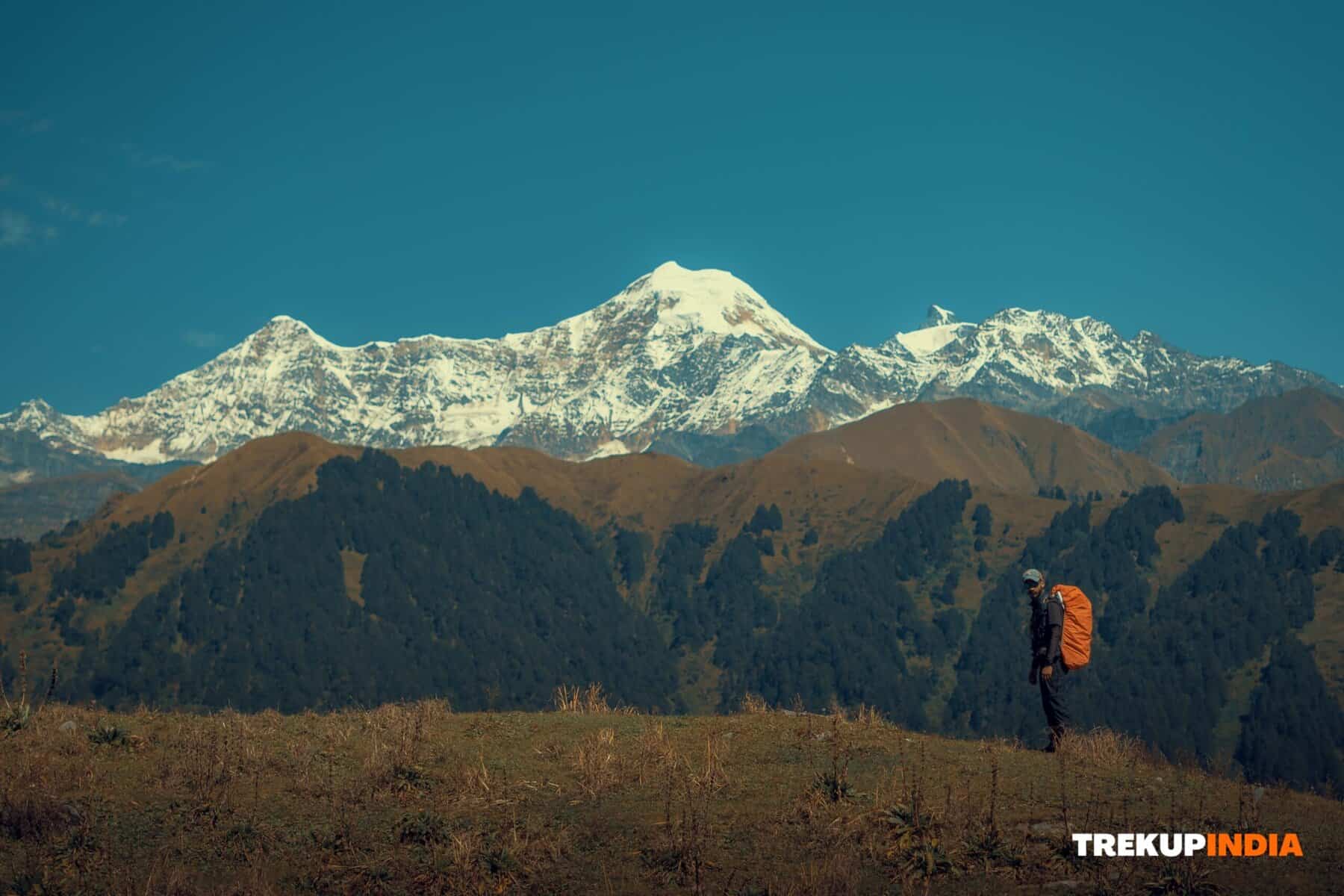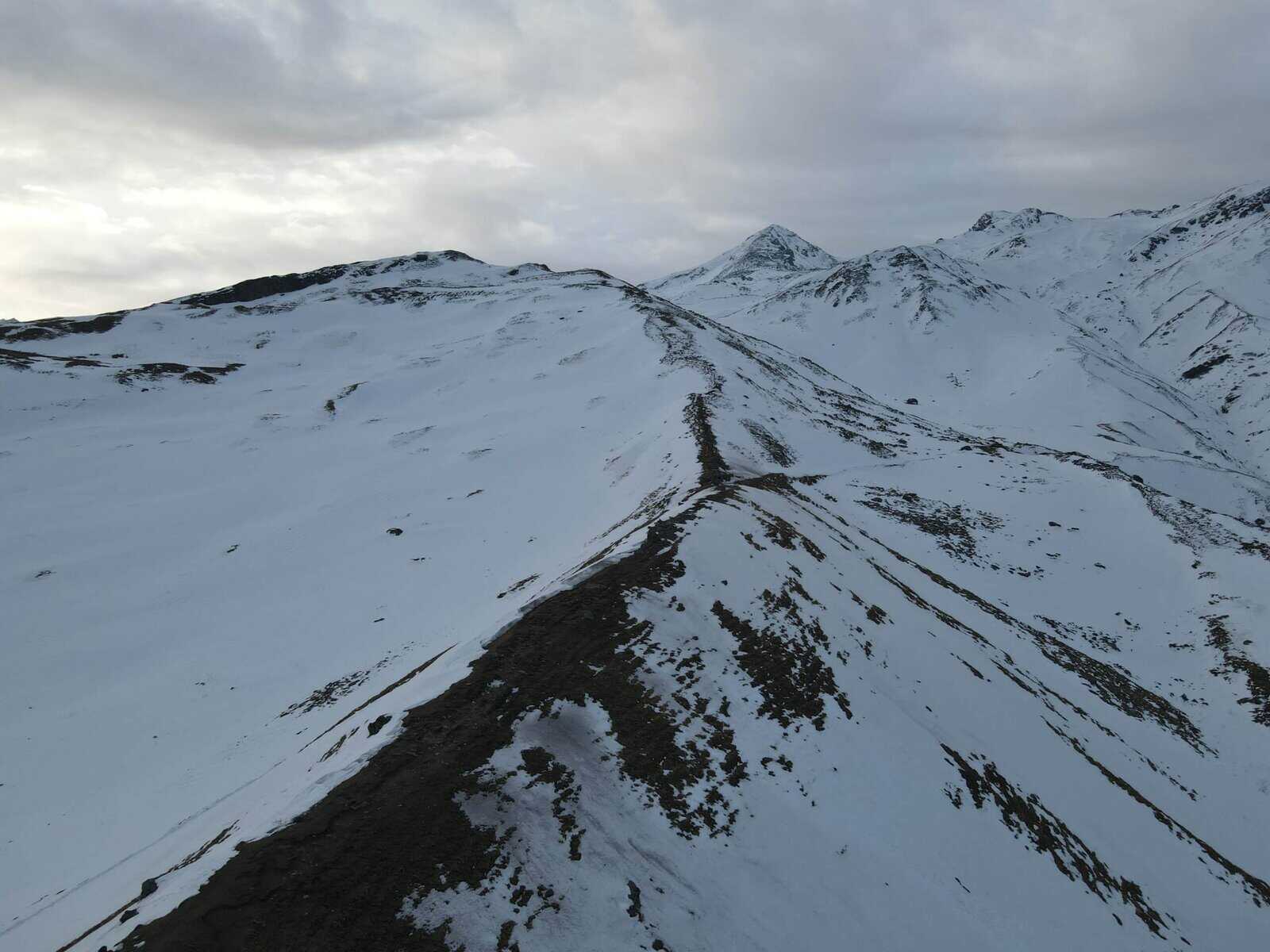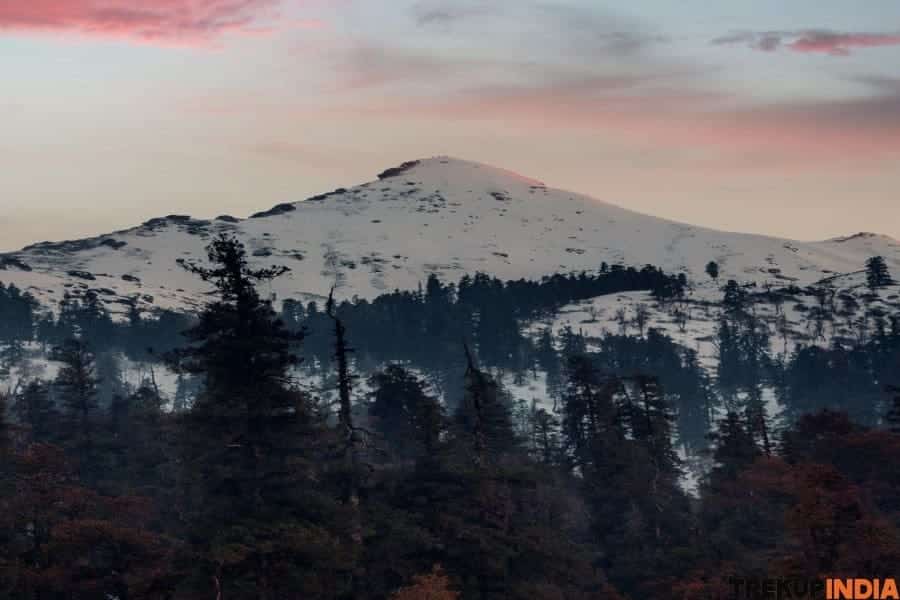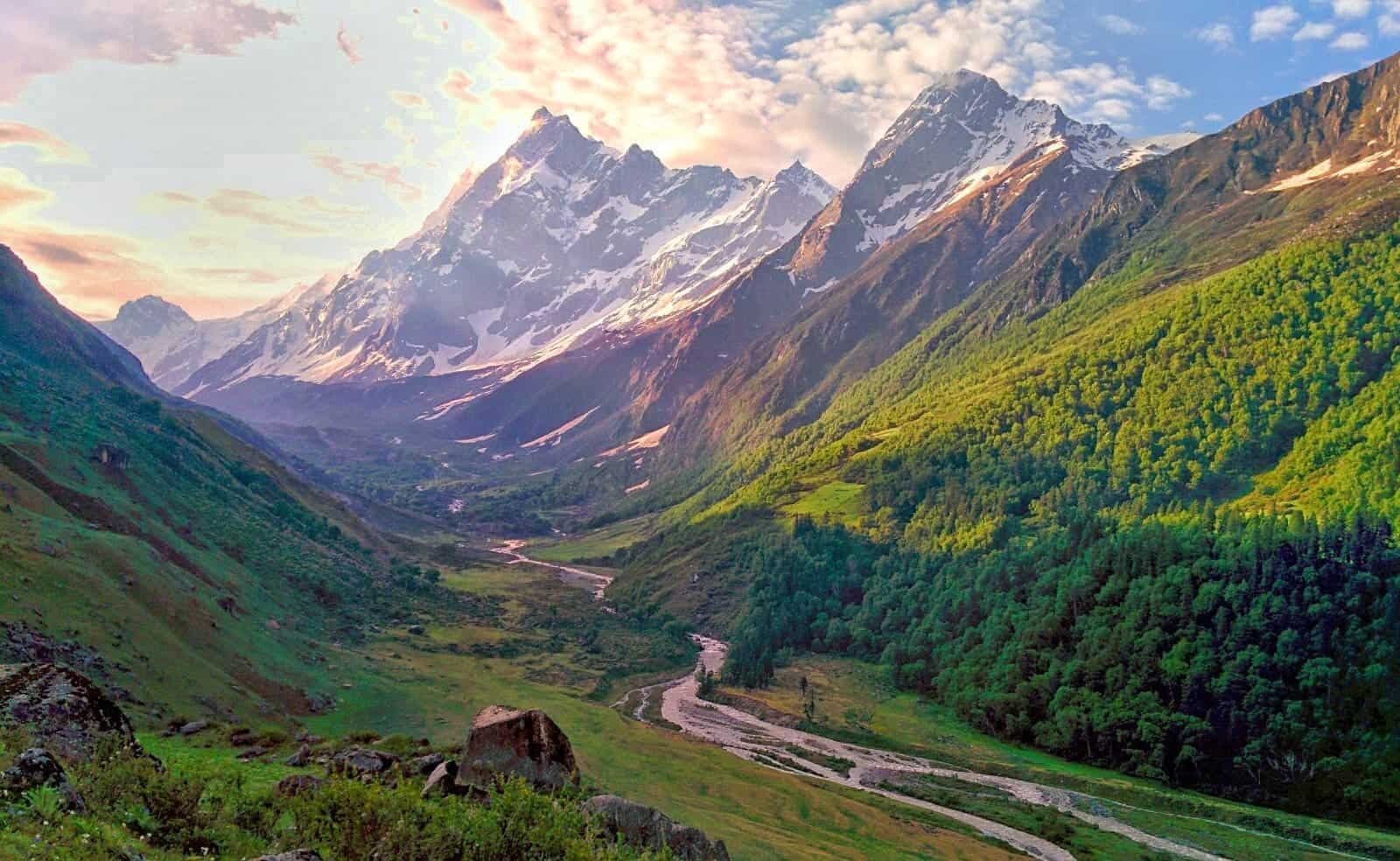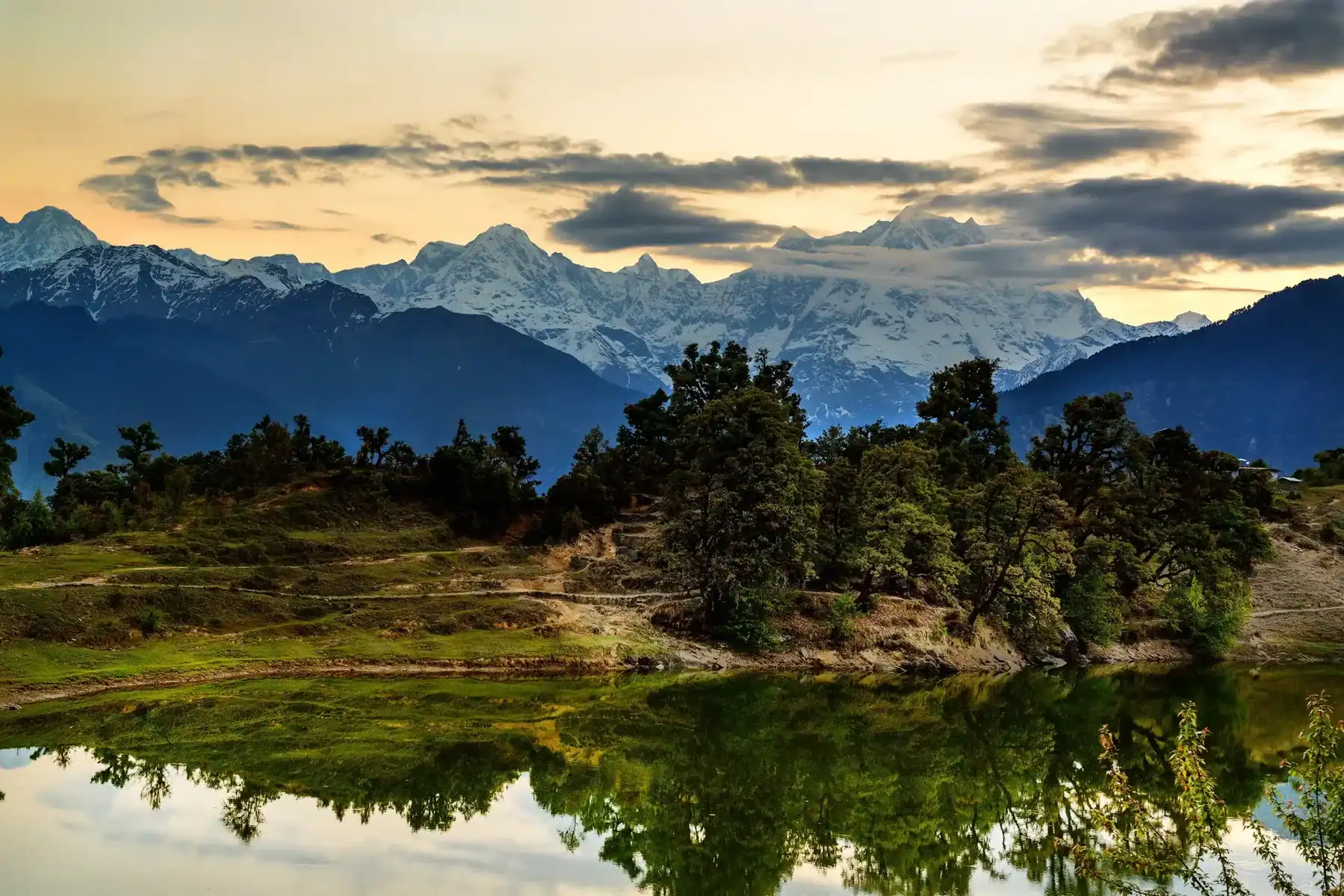Sun Protection at High Altitude: High Altitude Sun Protection Tips
Trekking in high altitudes can be hazardous due to the sun’s intense heat. At such high altitudes, air is thinned out more, providing less protection from UV rays that cause sunburn and snowblindness serious threats for trekkers who want a safe trekking experience. Sun protection should always be used to avoid an unpleasant trekking experience and ensure fun and safe adventures!
Why Is Sun Protection at High Altitude Necessary?
A Thinner Atmosphere As you move higher up into altitude, less air filters UV radiation from reaching you, increasing exposure by around 10 12% for every 1,000 meters traveled.
Snow Reflection: Snow reflects up to 80% of UV rays, increasing exposure for both eyes and skin.
Cool temperatures can mask sunburn, making it easy to overlook the damage done by sunlight until it’s too late.
1. Wear High SPF Sunscreen
To prevent sunburn, choose a broad spectrum sunscreen (SPF 50+) that protects from both UVA and UVB rays.
Apply sunscreen 30 minutes before sun exposure and reapply every two hours thereafter.
Protecting your ears, neck, backs of hands, and lips should also be of top priority.
2. Wear protective clothing (UPF fabric)
Long sleeved shirt & pants made of UPF fabric are designed for maximum defense against ultraviolet radiation.
An extra wide brimmed cap or one featuring a neck flap will provide maximum protection for your neck and face.
Gloves offer protection from both cold temperatures and UV radiation.
3. Lip Balms with SPF
Cracked lips can easily crack and sunburn to protect them from this danger, regularly apply an SPF 30+ lip balm and reapply as needed.
How to Prevent Snow Blindness (Photokeratitis).
UV rays reflected off snow can cause temporary blindness, with symptoms typically including:
Red and watery eyes.
How to protect Your Eyes with 100% UV Protection for / Blurred Vision and Gritty Feeling/ Light Sensitivity,/ Blurred Vision for Eyecare = (9) Use Sunglasses that provide 100% UV Protection as soon as you experience symptoms that have to do with Eyewear
Select sunglasses with UV400 protection or 100 percent UV protection.
Polarized Lenses Help Reduce Glare from Snow and Ice
Categories 3 and 4 (dark tinted) lenses are perfect for high altitude trekking.
Maintain a backup pair of Eyewear to carry with you in case the originals become damaged or lost.
Avoid Squinting
- To reduce squinting in intense sun conditions, wear a scarf or buff.
- Tips on Sun Safety at High Altitude
- Stay Hydrated Both altitude and sun exposure can contribute to faster dehydration than usual, leading to quicker dehydration rates.
- Take breaks whenever possible in the shade.
Check the Weather Conditions
The highest UV level occurs between 10:00 AM and 4:00 PM, so plan your trekking schedule accordingly.
Conclusion
Protection from sun exposure at altitudes above isn’t just for comfort; it is also for security. Thin air, reflective snow cover, and deceptively cool temperatures combine to increase UV exposure risks, making trekking hazardous in terms of UV ray exposure. Wearing high SPF sunscreen, UV protective clothing and protecting your eyes with quality glasses from harmful UV rays and scheduling your trek to avoid peak UV times will protect both the health of your skin and vision, while at TrekUp India we believe preparation is the key to mountaineering success stay alert, secure and focused on enjoying what matters like breath taking mountain vistas and journey bliss.
About Author
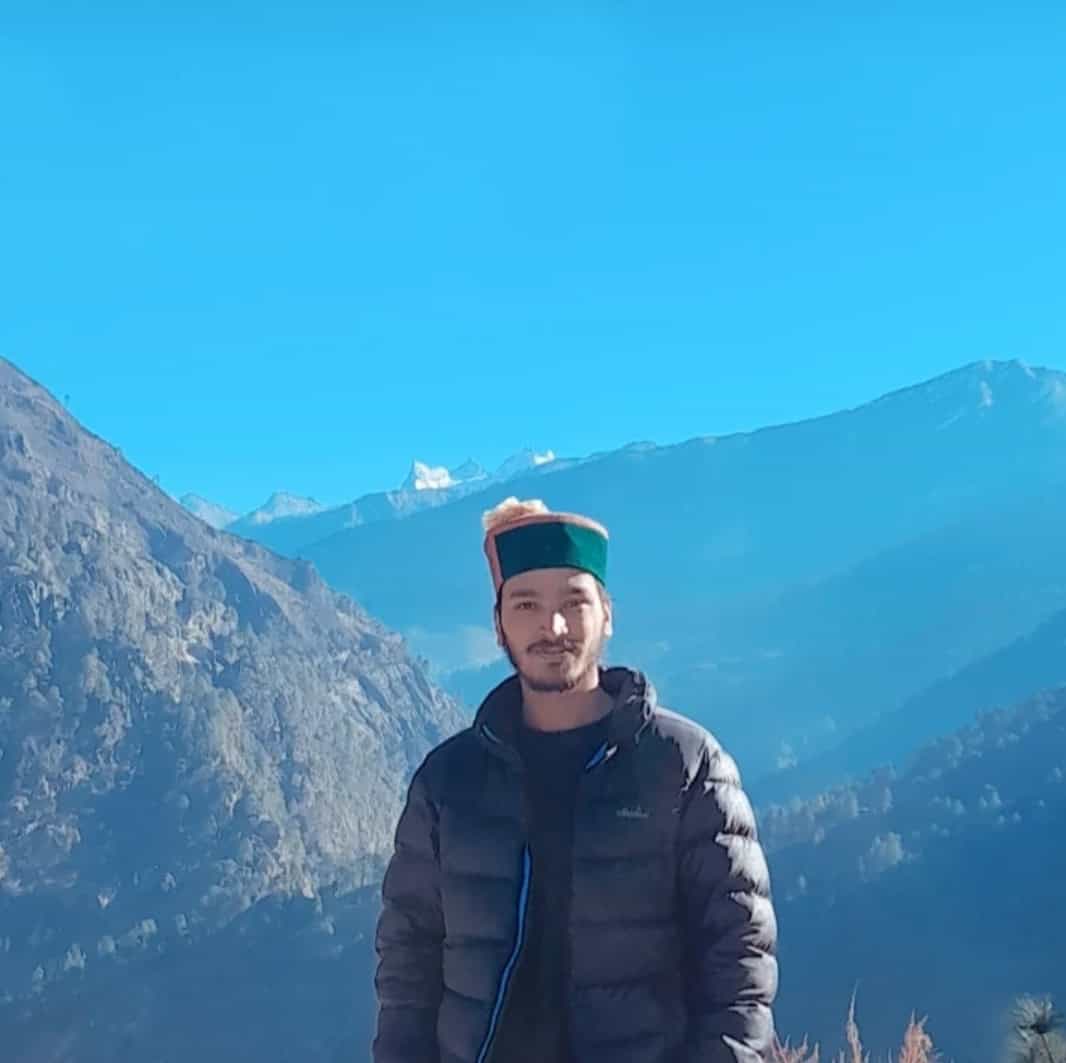
Anoop Rawat (Admin TrekUp India)
Anoop has worked for 5 years as a Trek Leader with TrekUpIndia, leading numerous treks across the diverse and challenging terrains of Uttarakhand and Himachal Pradesh. He holds a degree in Geology with a specialization in Geographic Information Systems (GIS) from UPES Dehradun. During his academic years, he actively applied his classroom knowledge in the field—most notably by contributing to a glacier research project on the Jundar Glacier in the Har Ki Dun Valley, Uttarakhand. Write Anoop at anoop@trekupindia.com
Share this article
Dates For Upcoming Treks
Want To Trek Like Pro?
Basically, watch these videos if you want to trek the same way professional trekkers do and make your skills better. These videos contain useful tips and techniques to further improve your trekking skills itself. These videos actually help both new and experienced trekkers improve their trekking skills. These videos definitely provide useful tips that make your trek better. We are seeing that these videos by Trekup India experts will only help you make your trekking skills better.
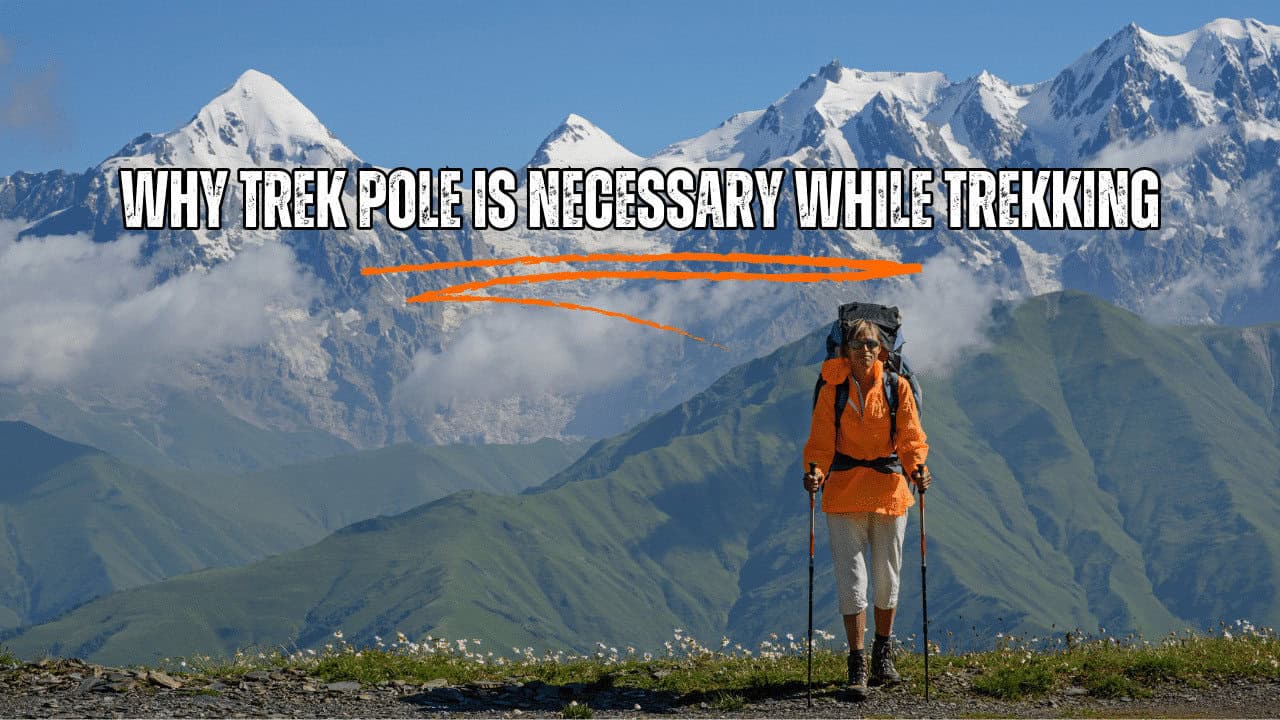
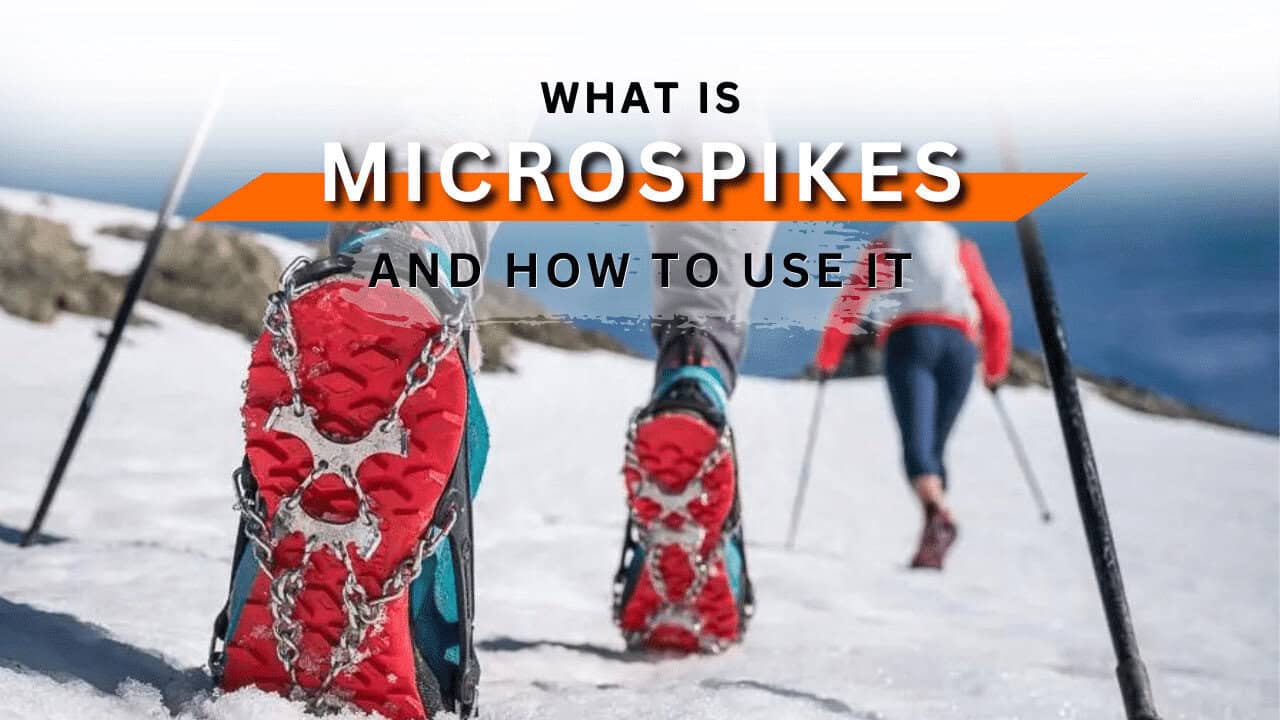
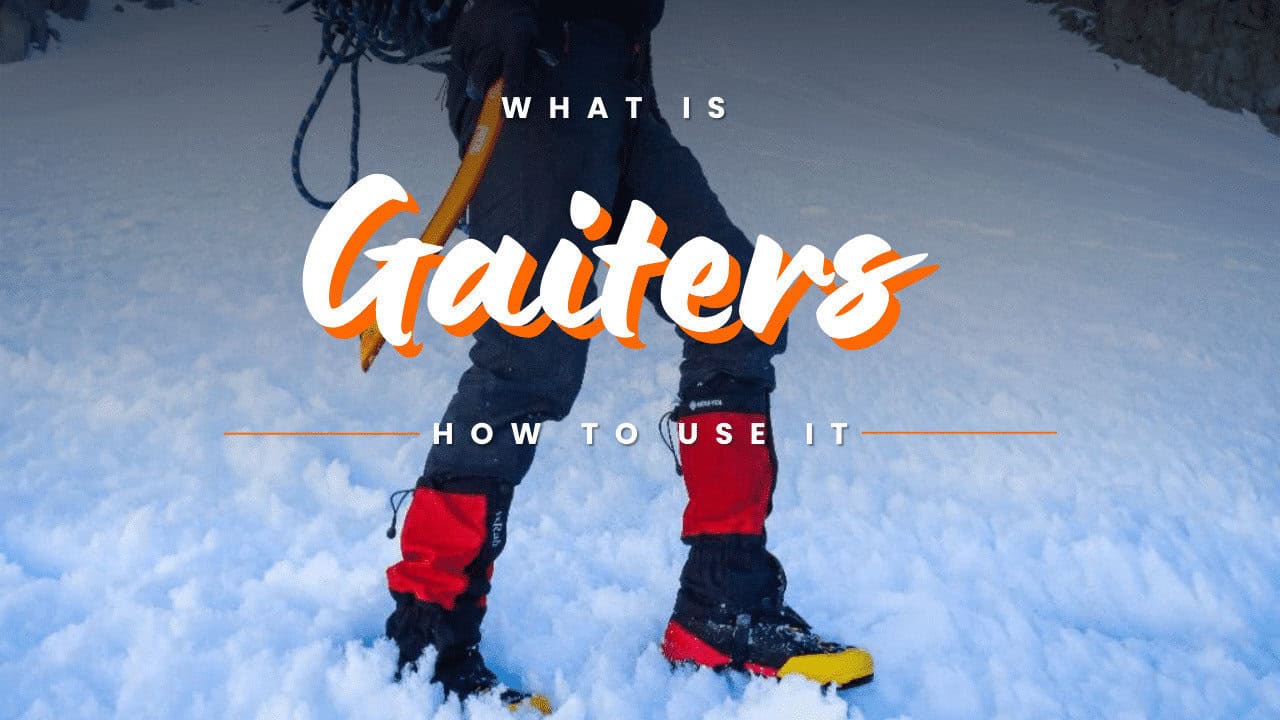
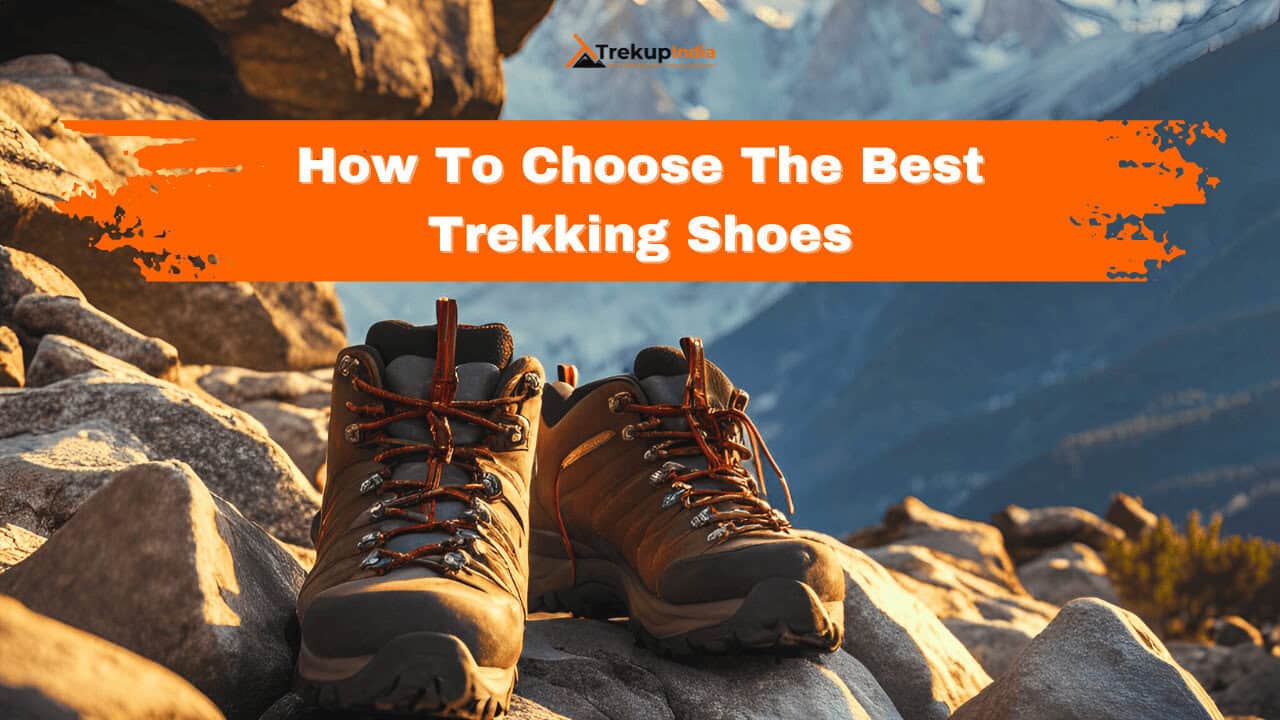
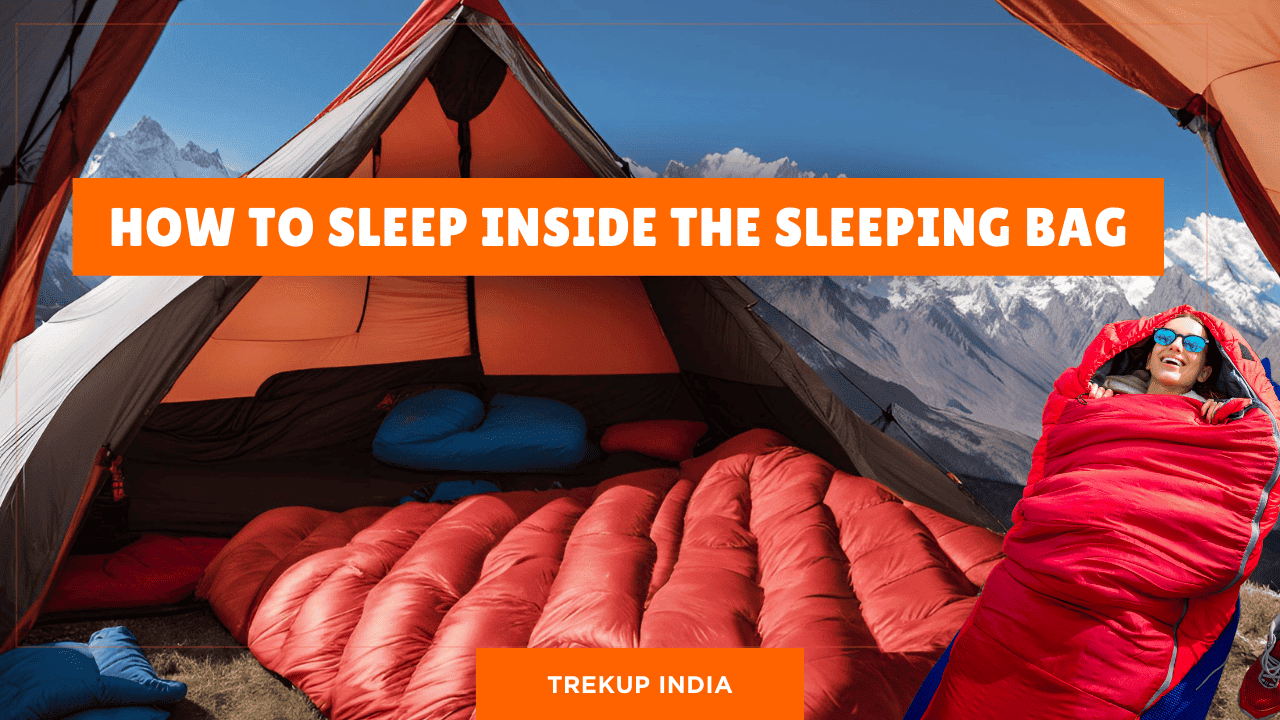
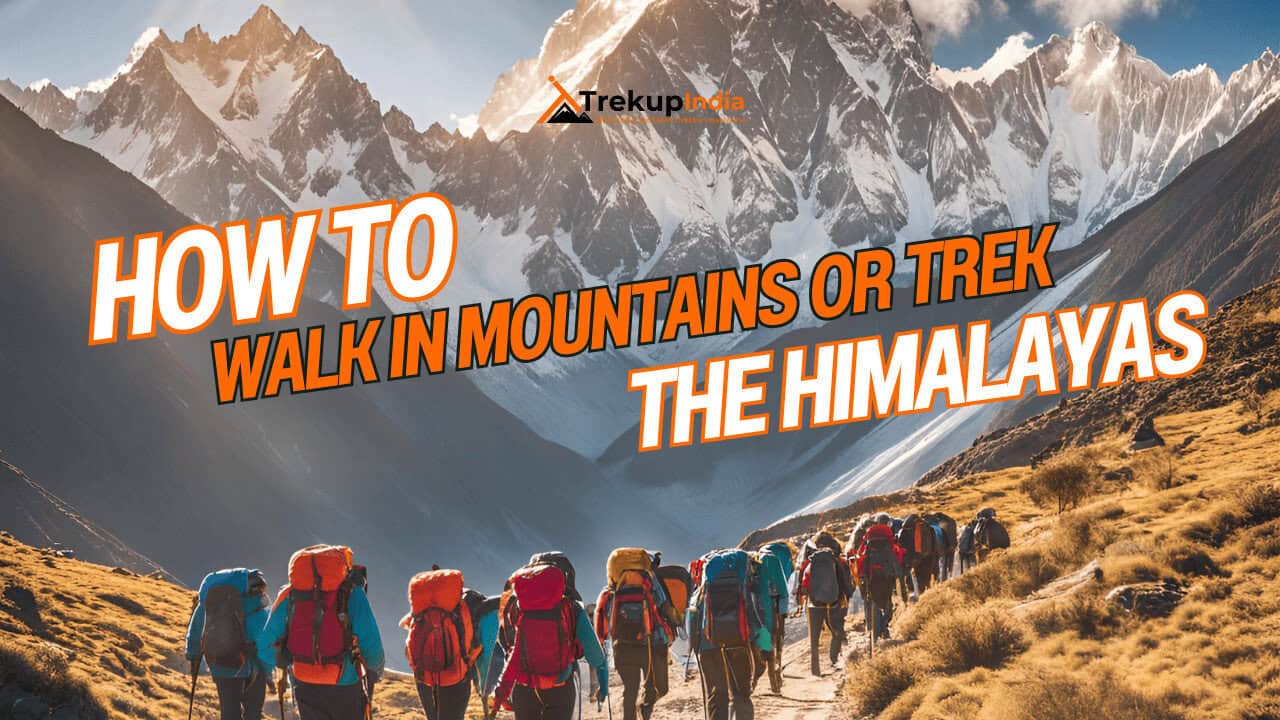
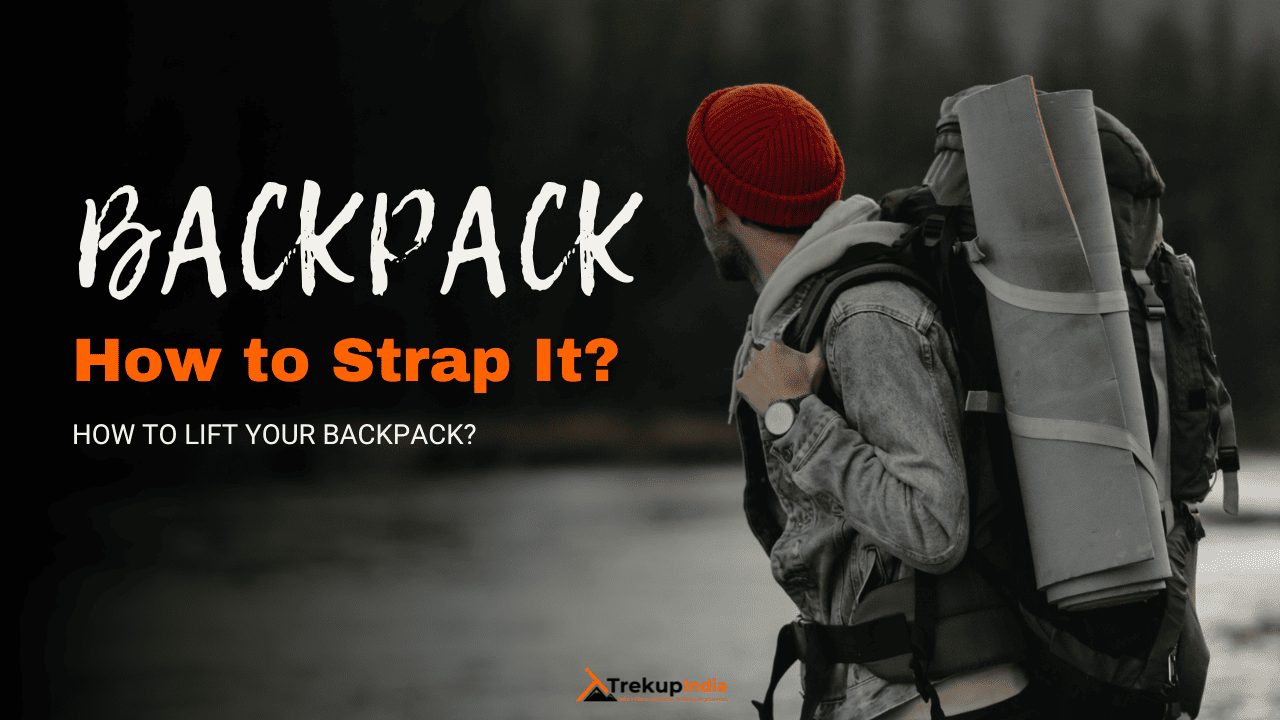
Know Everything About Acute Mountain Sickness
Acute Mountain Sickness occurs when people trek to high altitudes above 8,000 feet. This condition itself develops further due to reduced oxygen levels at such heights. Basically, as you go higher up, the air pressure and oxygen levels decrease, which causes the same problem. Acute Mountain Sickness surely causes headache, nausea, vomiting, and dizziness in affected persons. Moreover, peoples also experience difficulty in sleeping during this condition. To avoid mountain sickness, you should actually trek up slowly to higher altitudes. To learn further about this condition itself, watch the videos by Trekup India.
